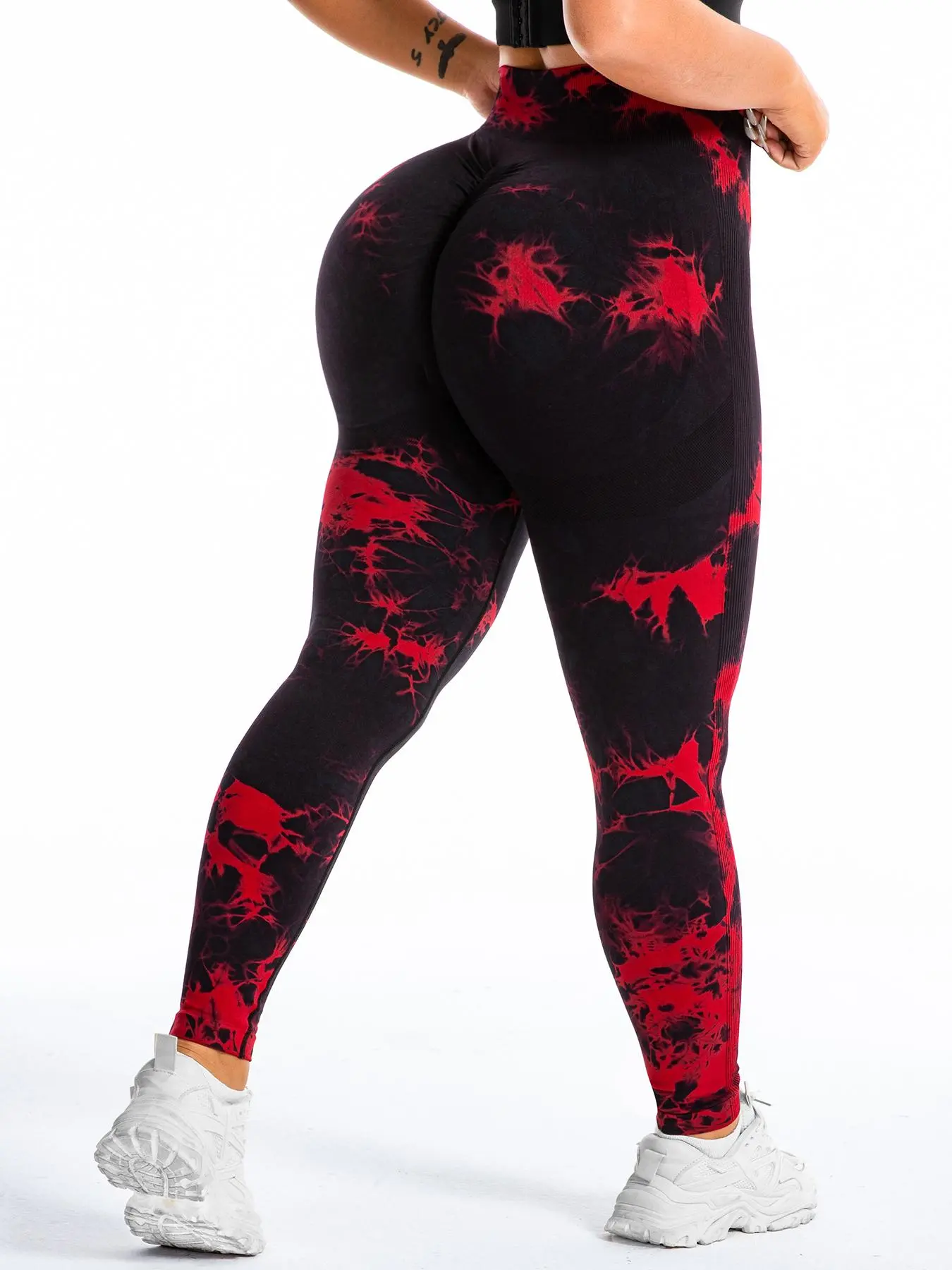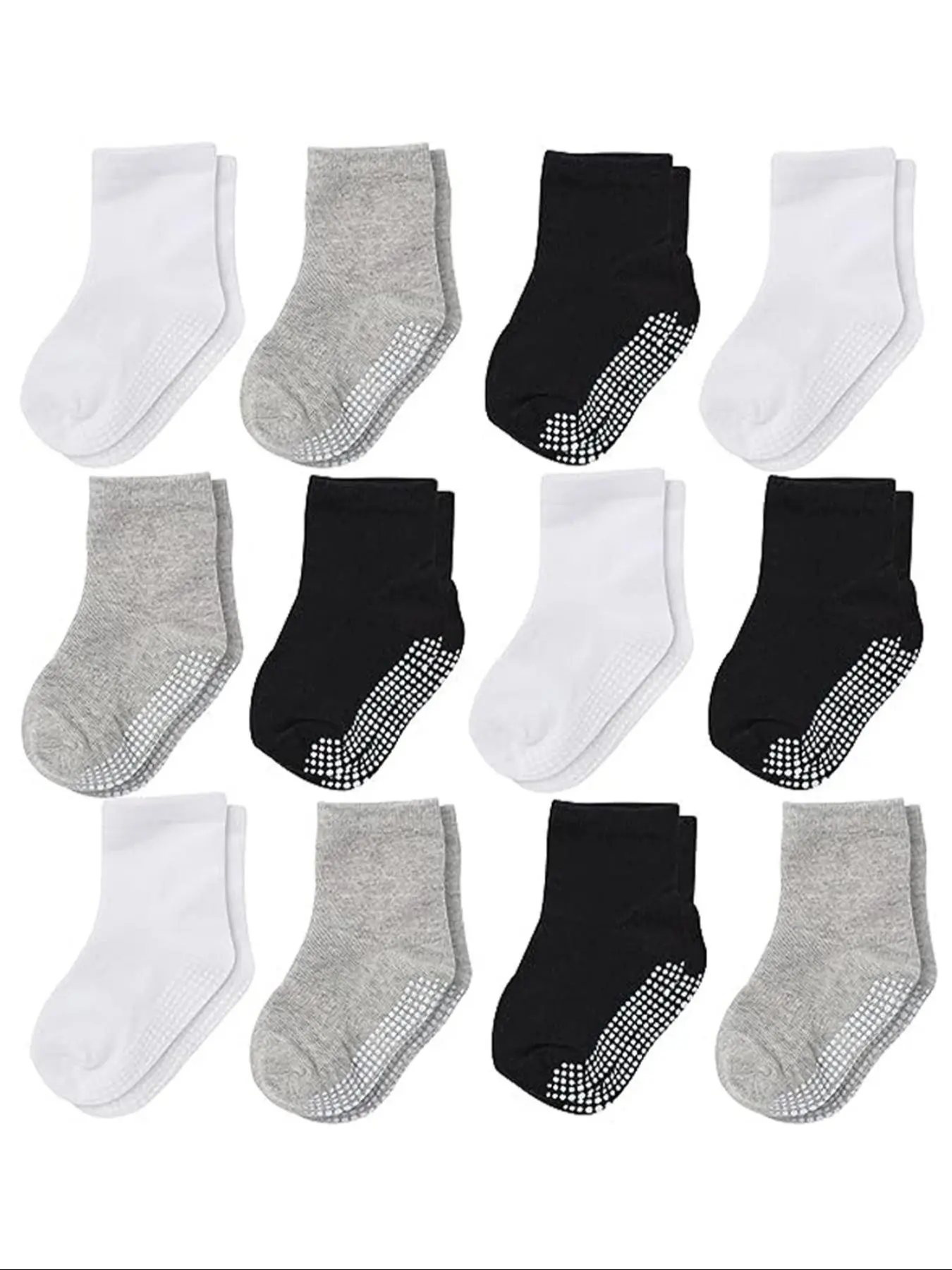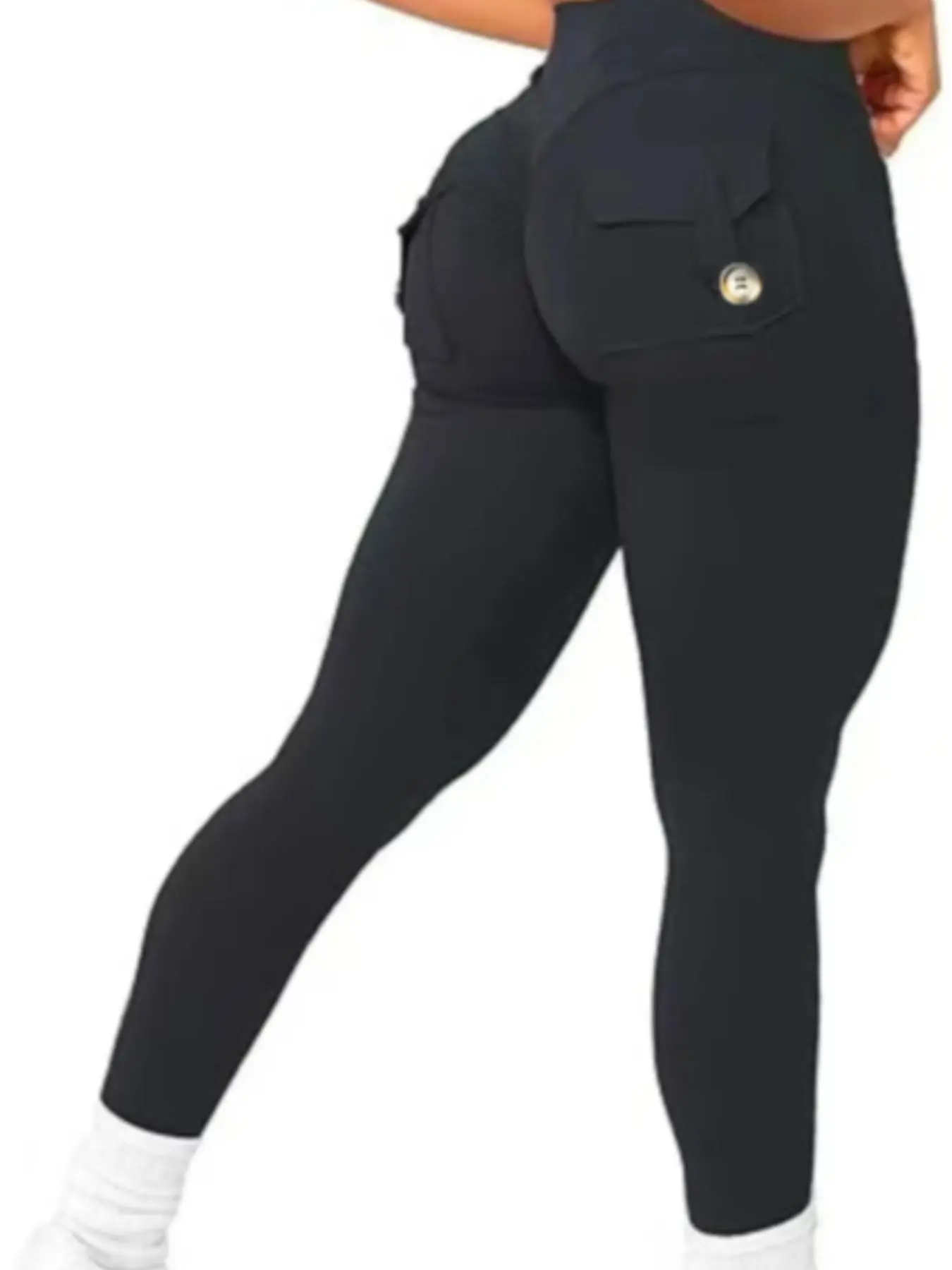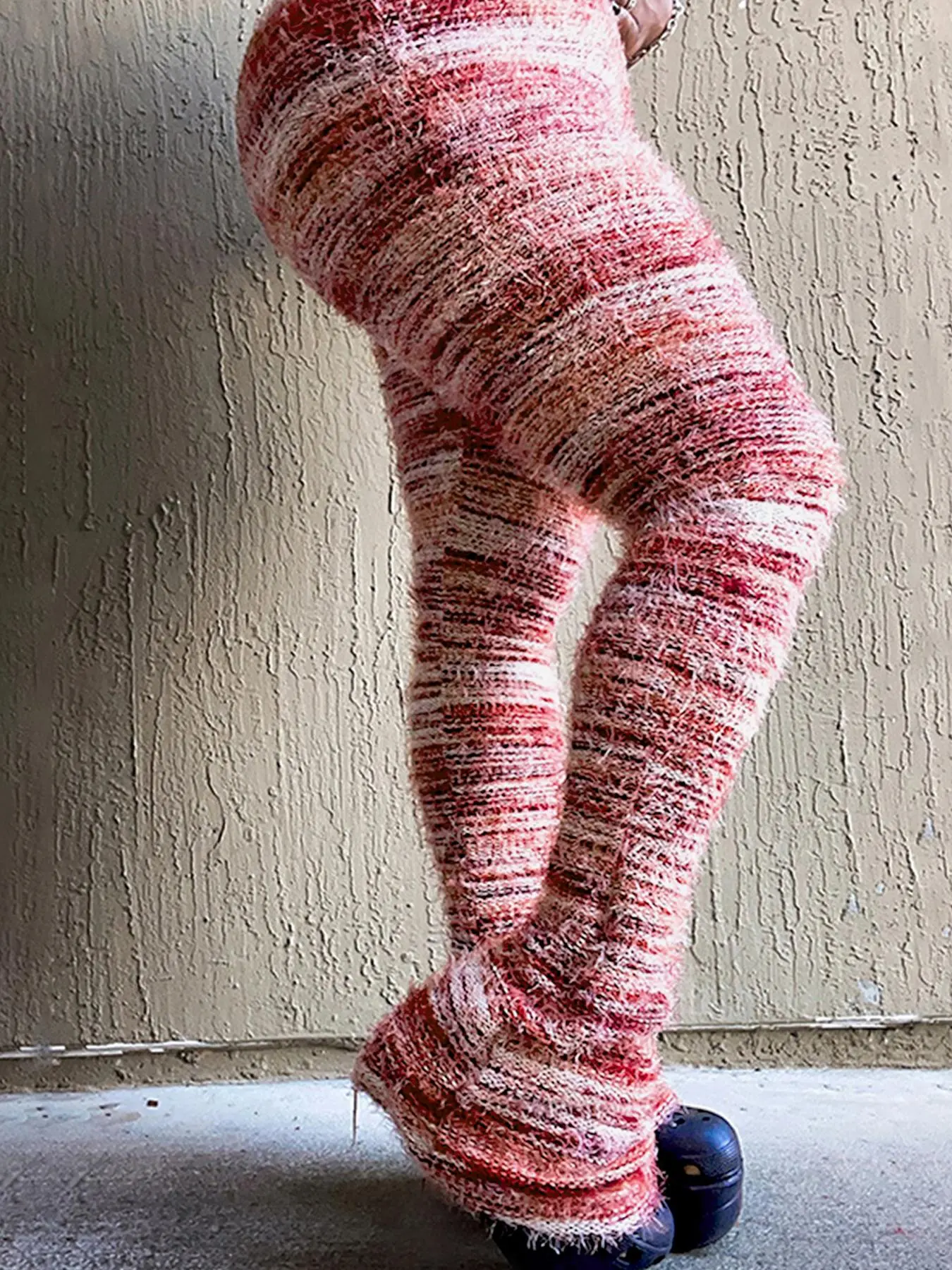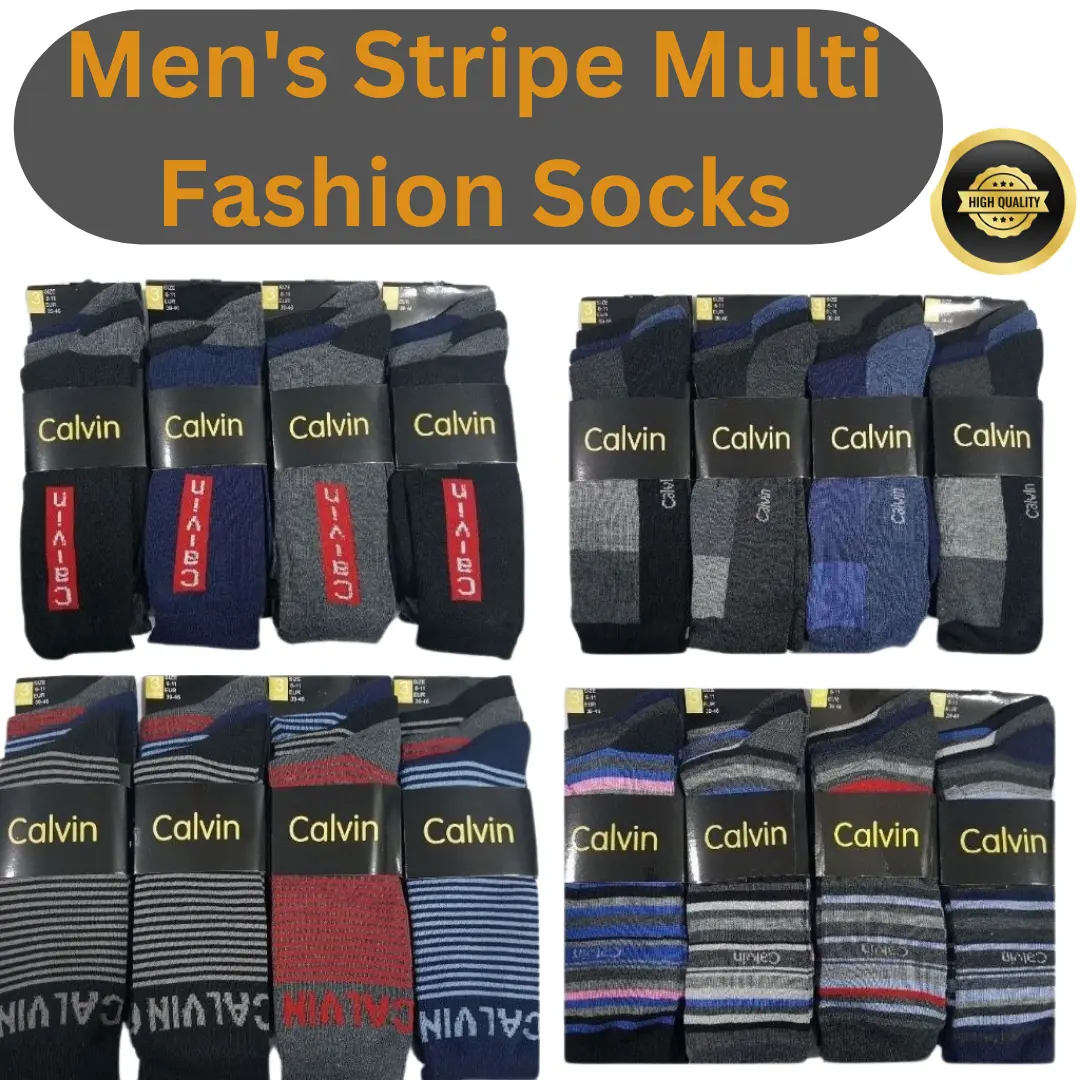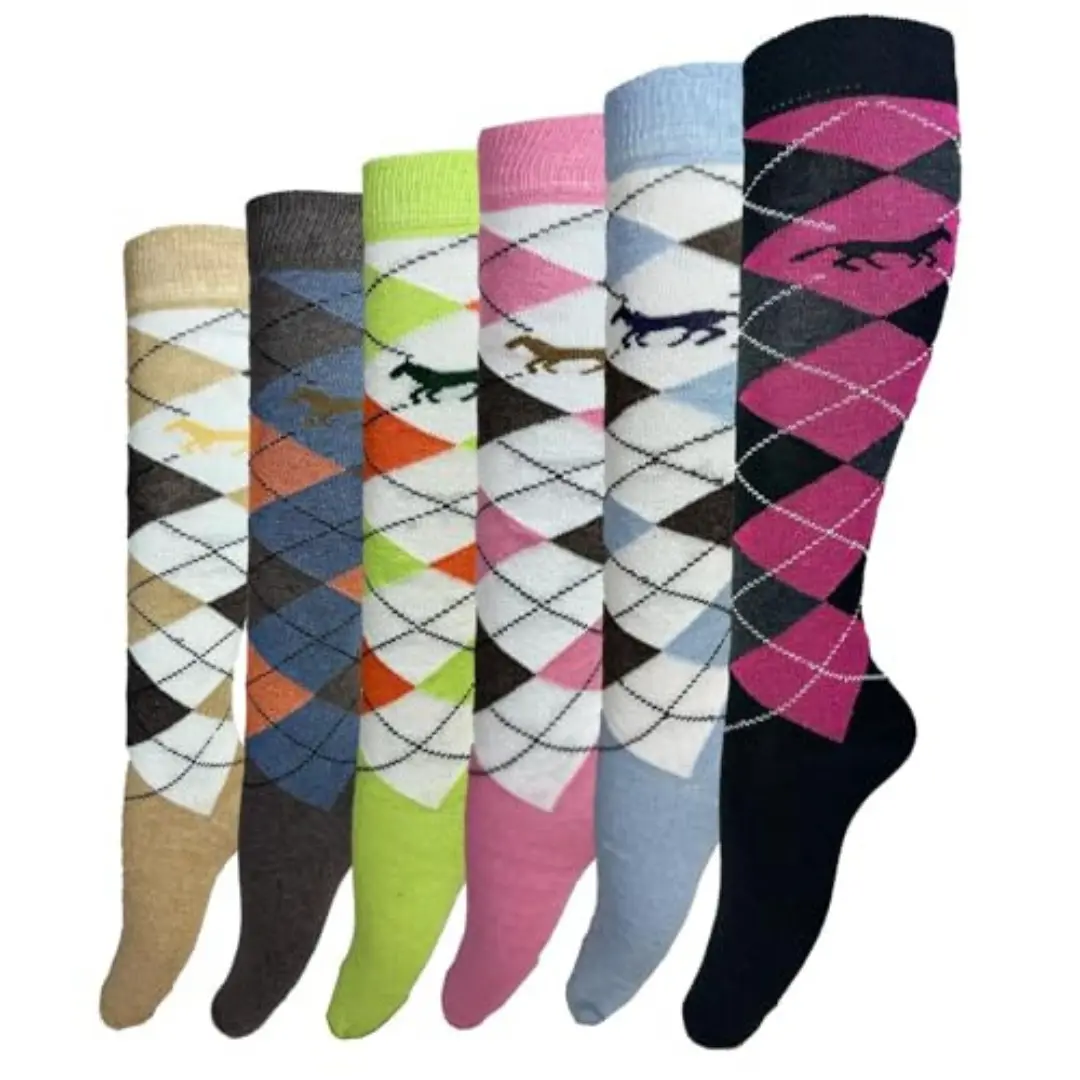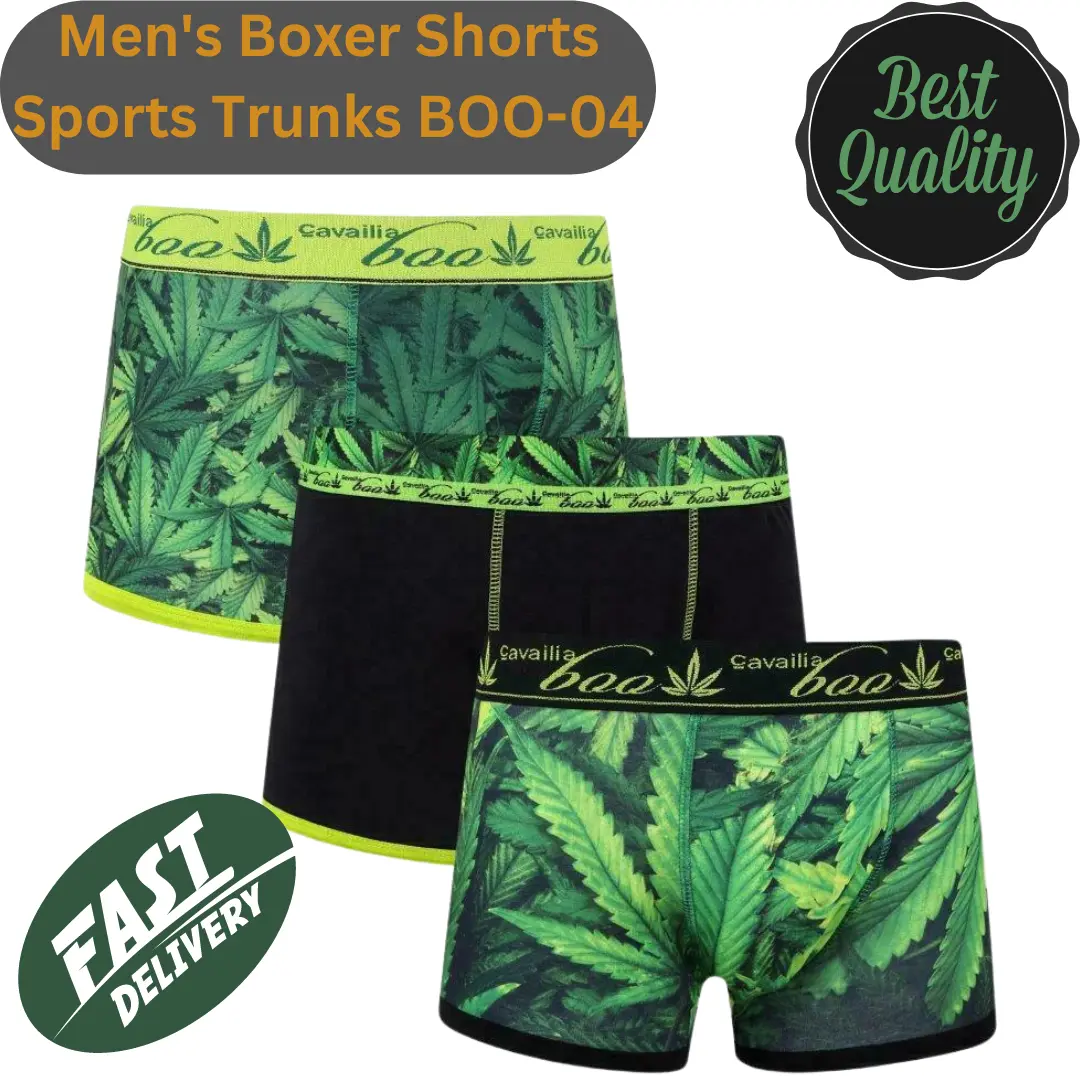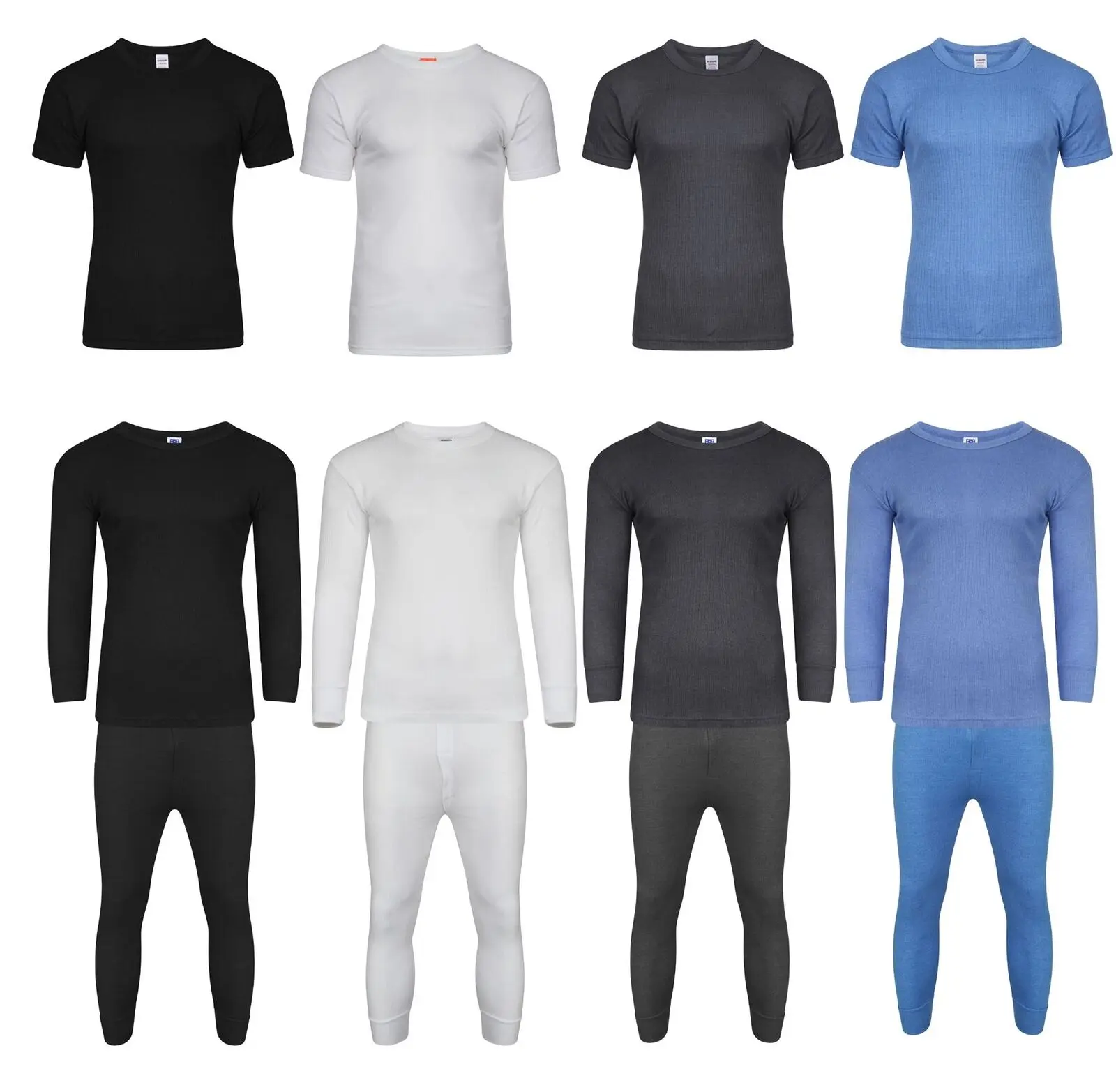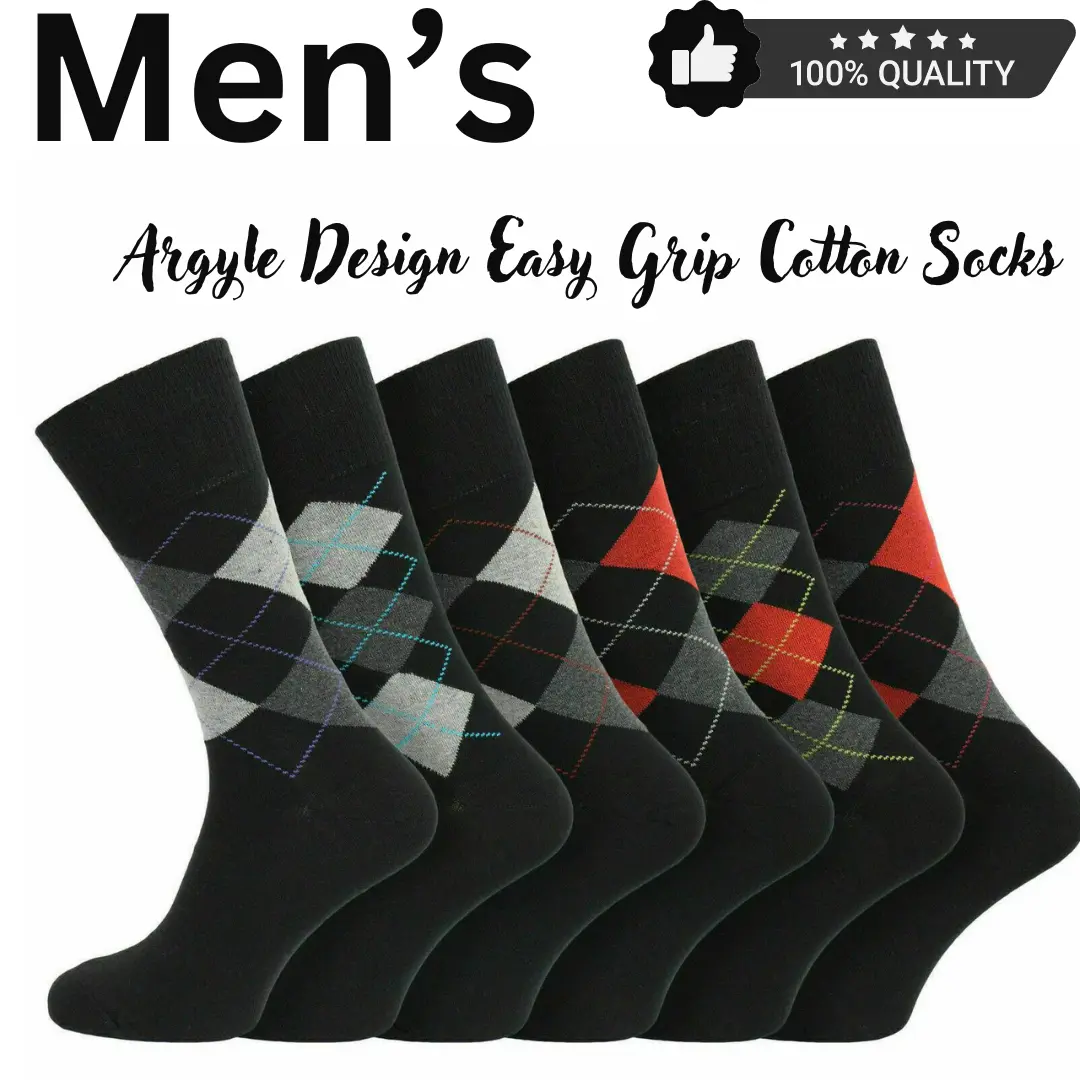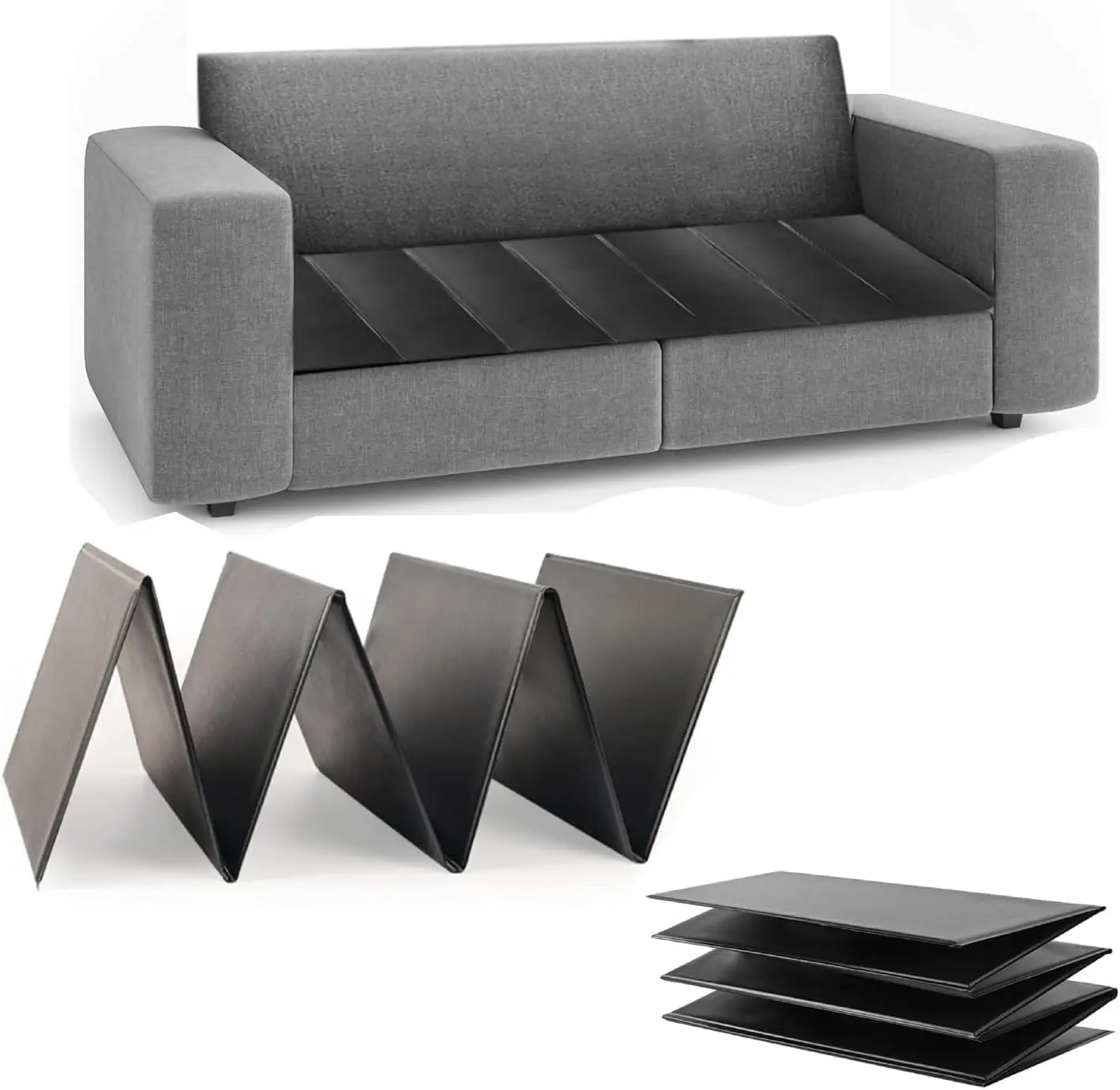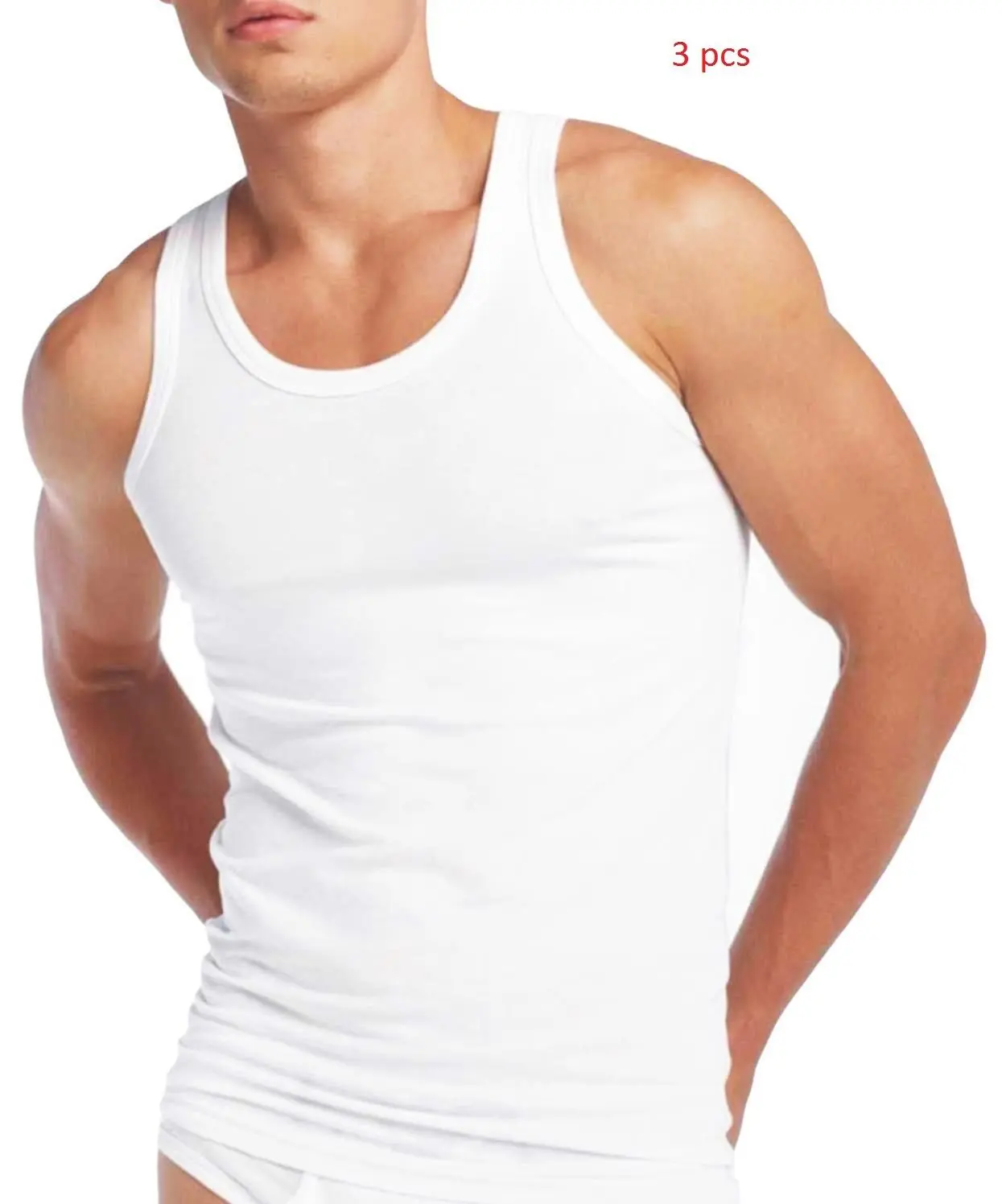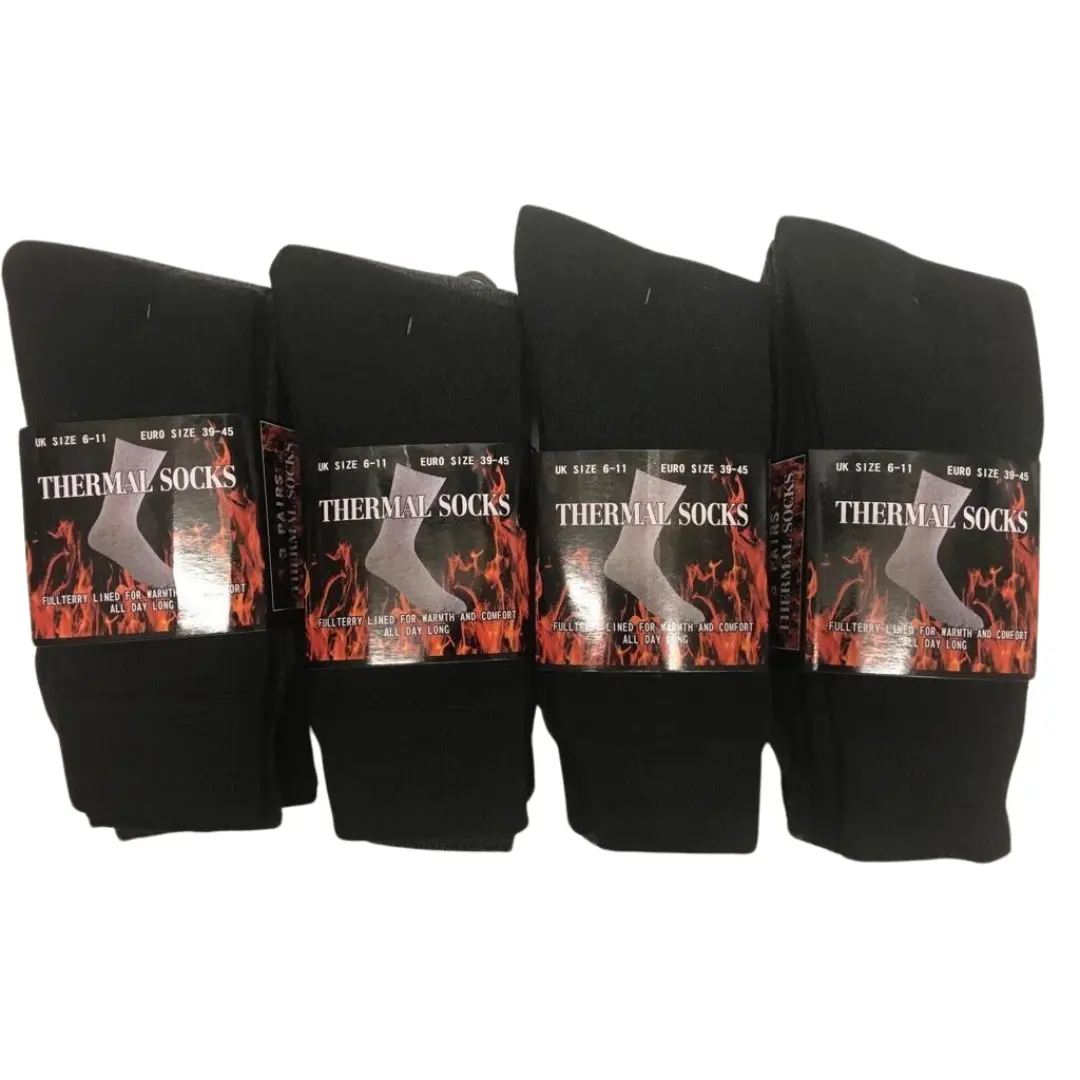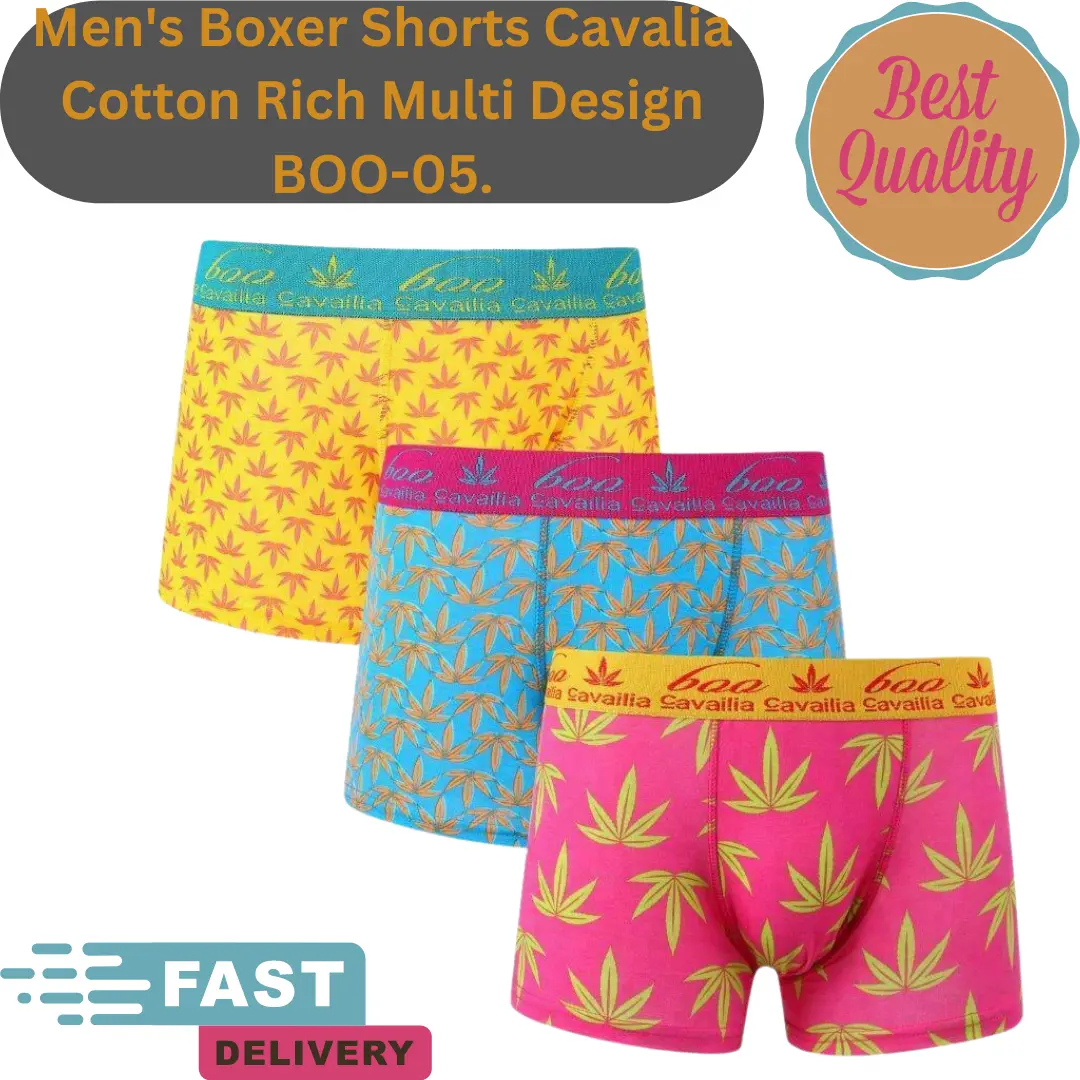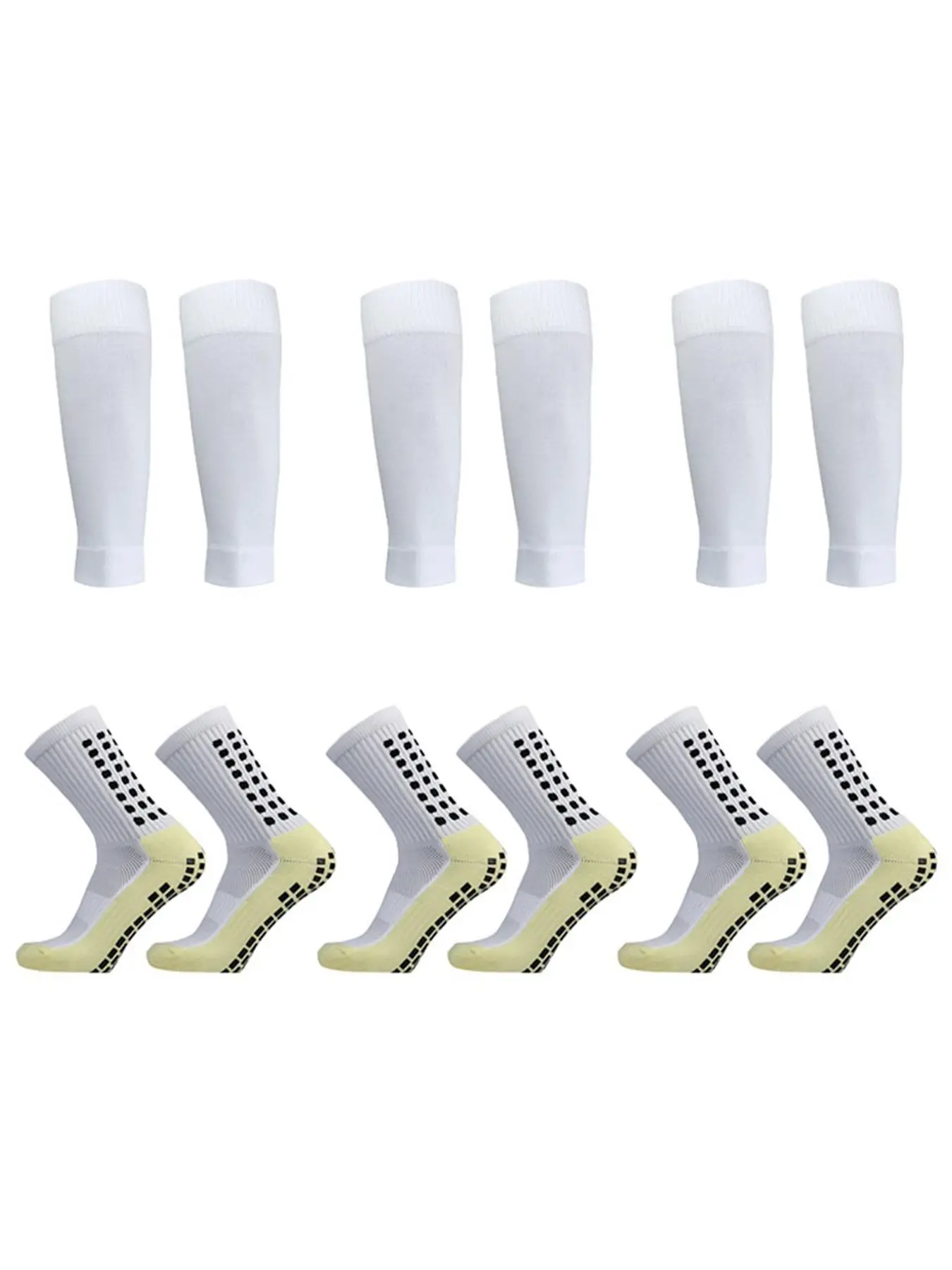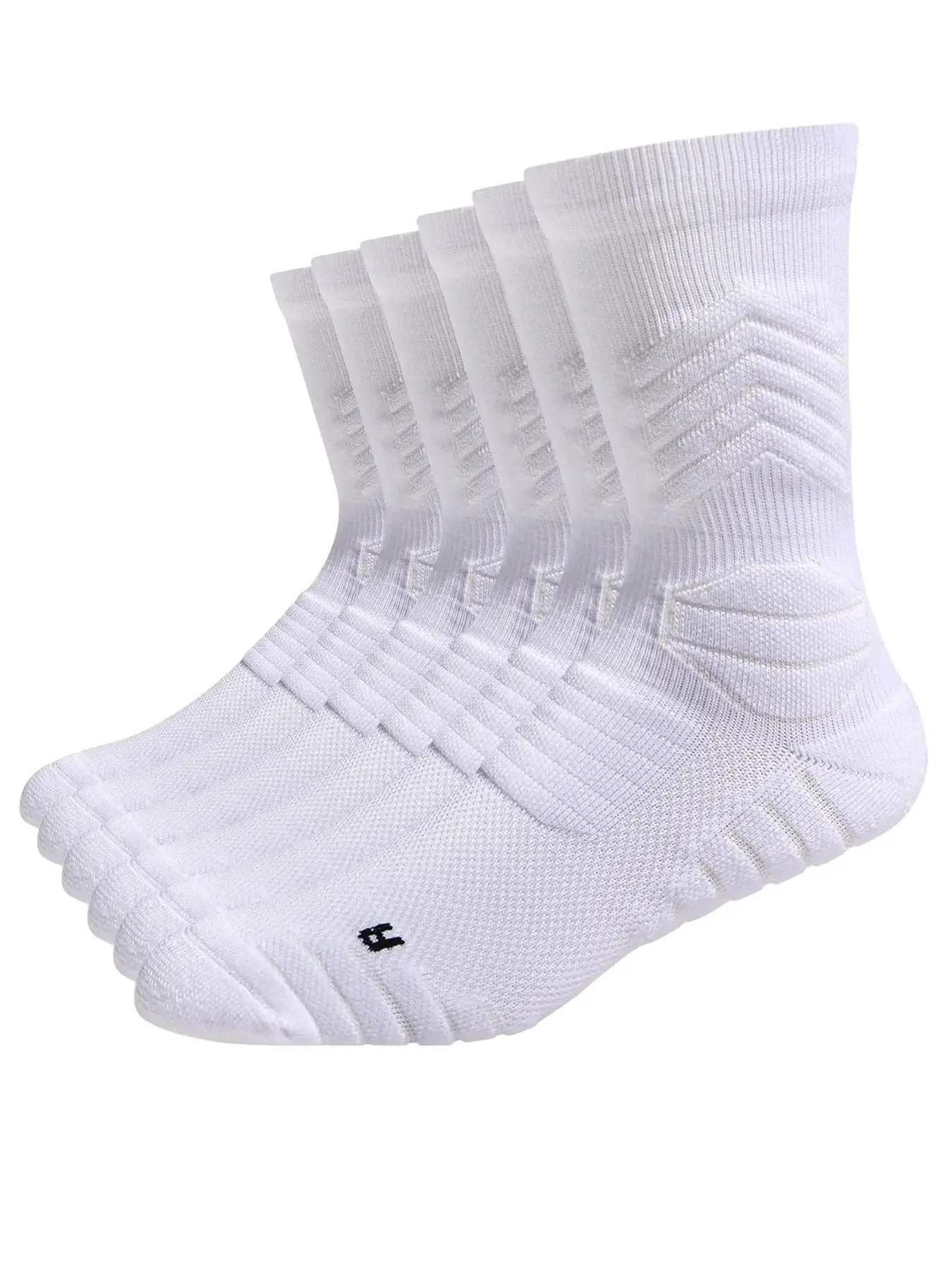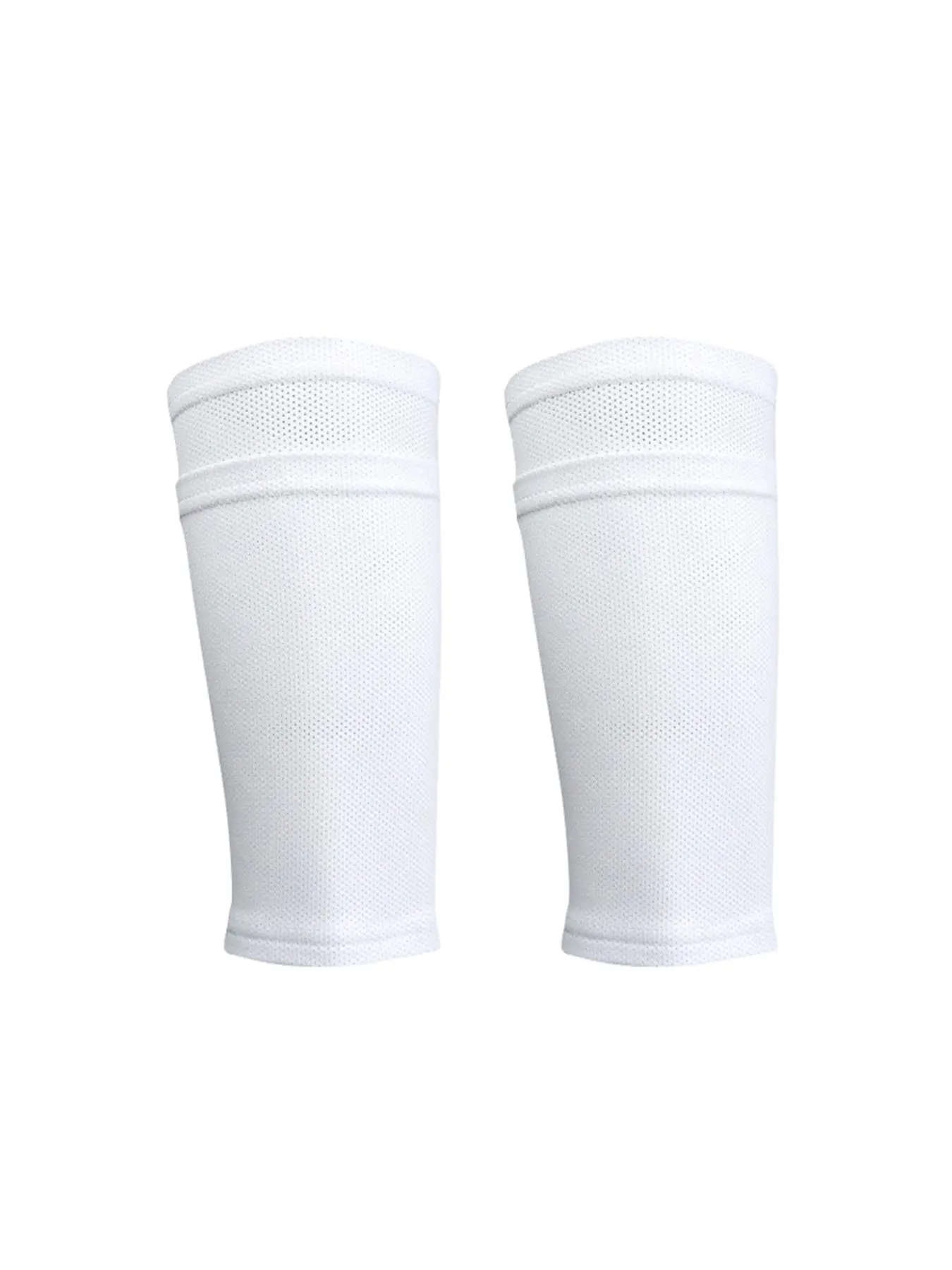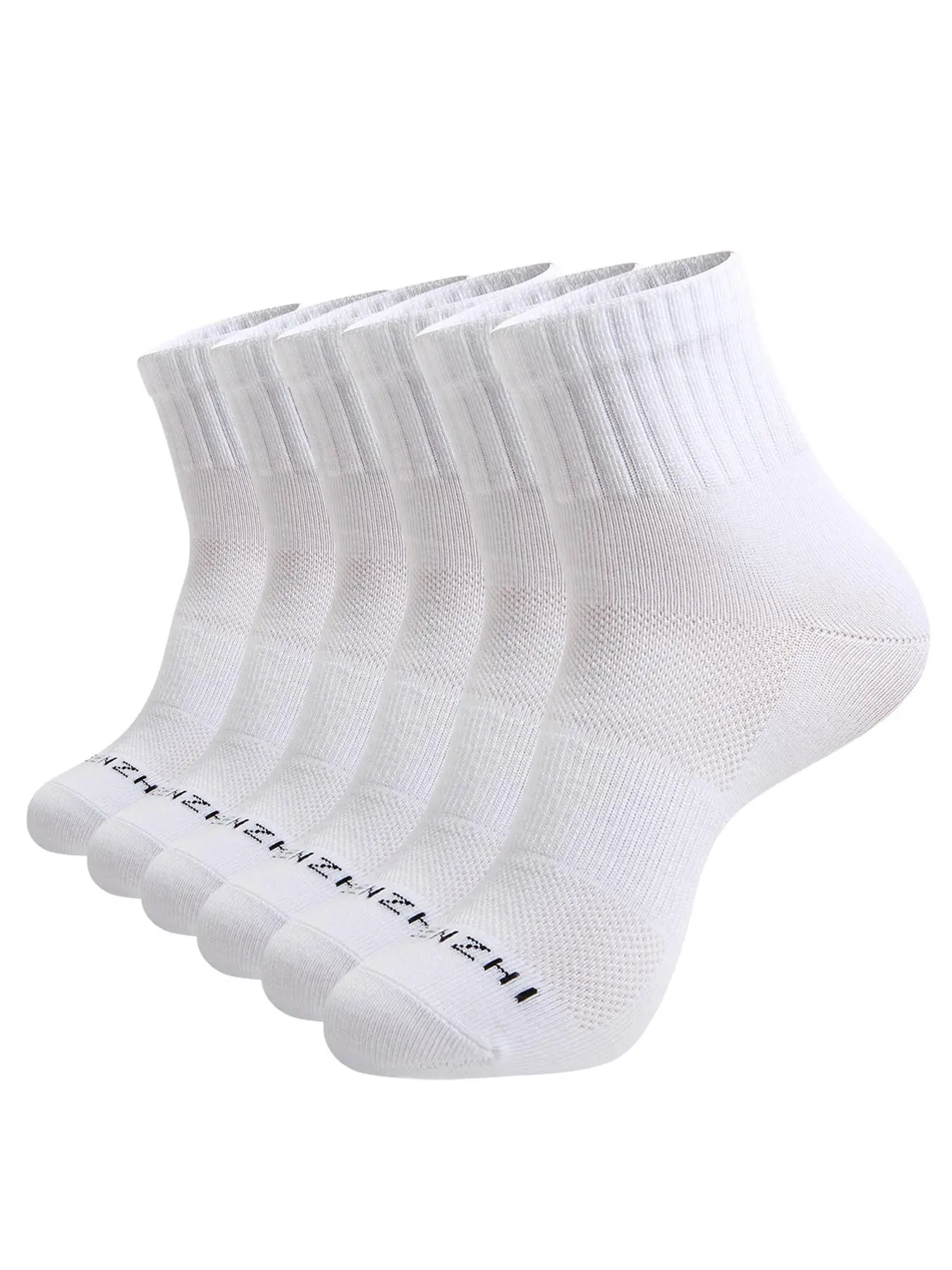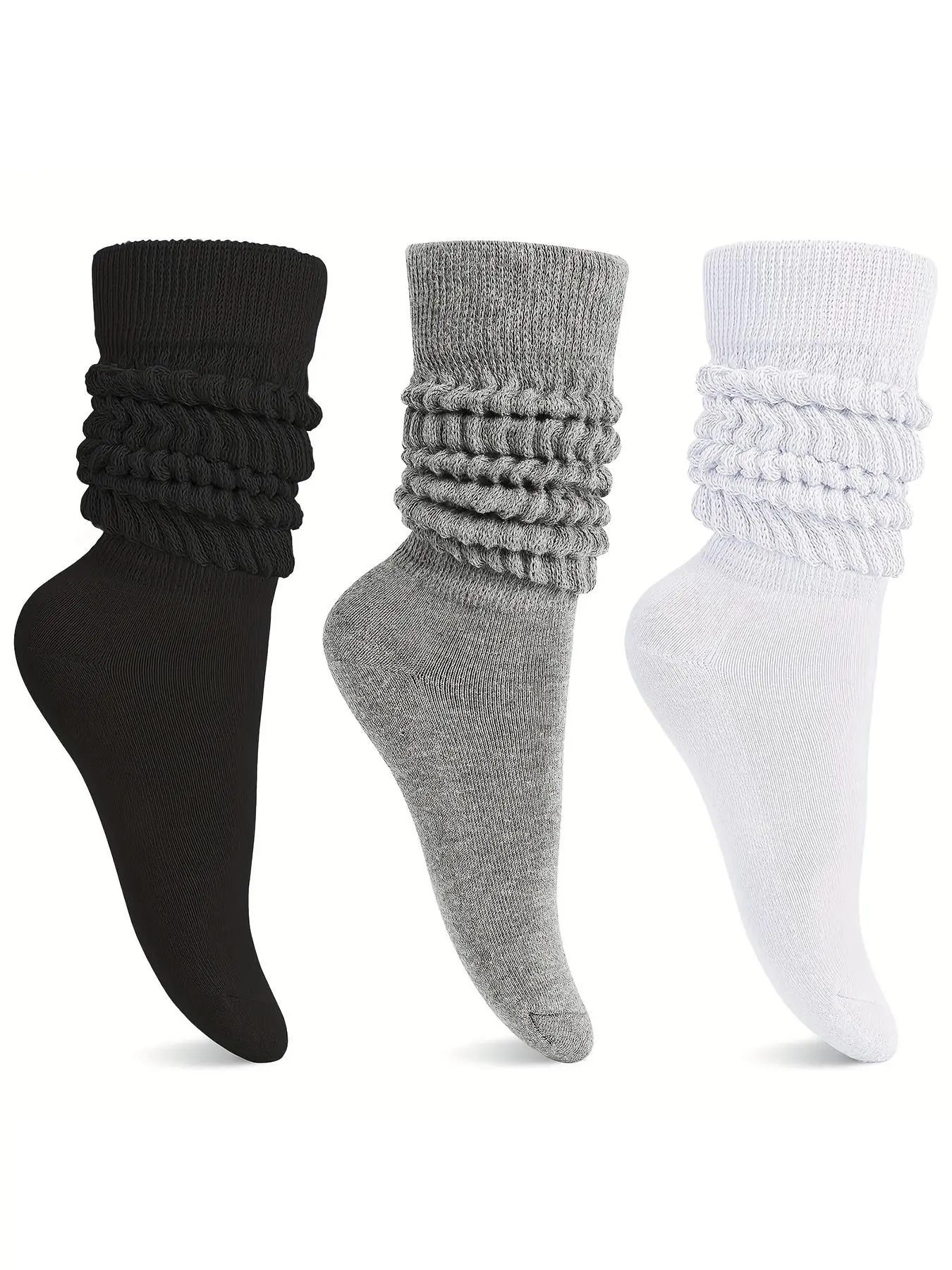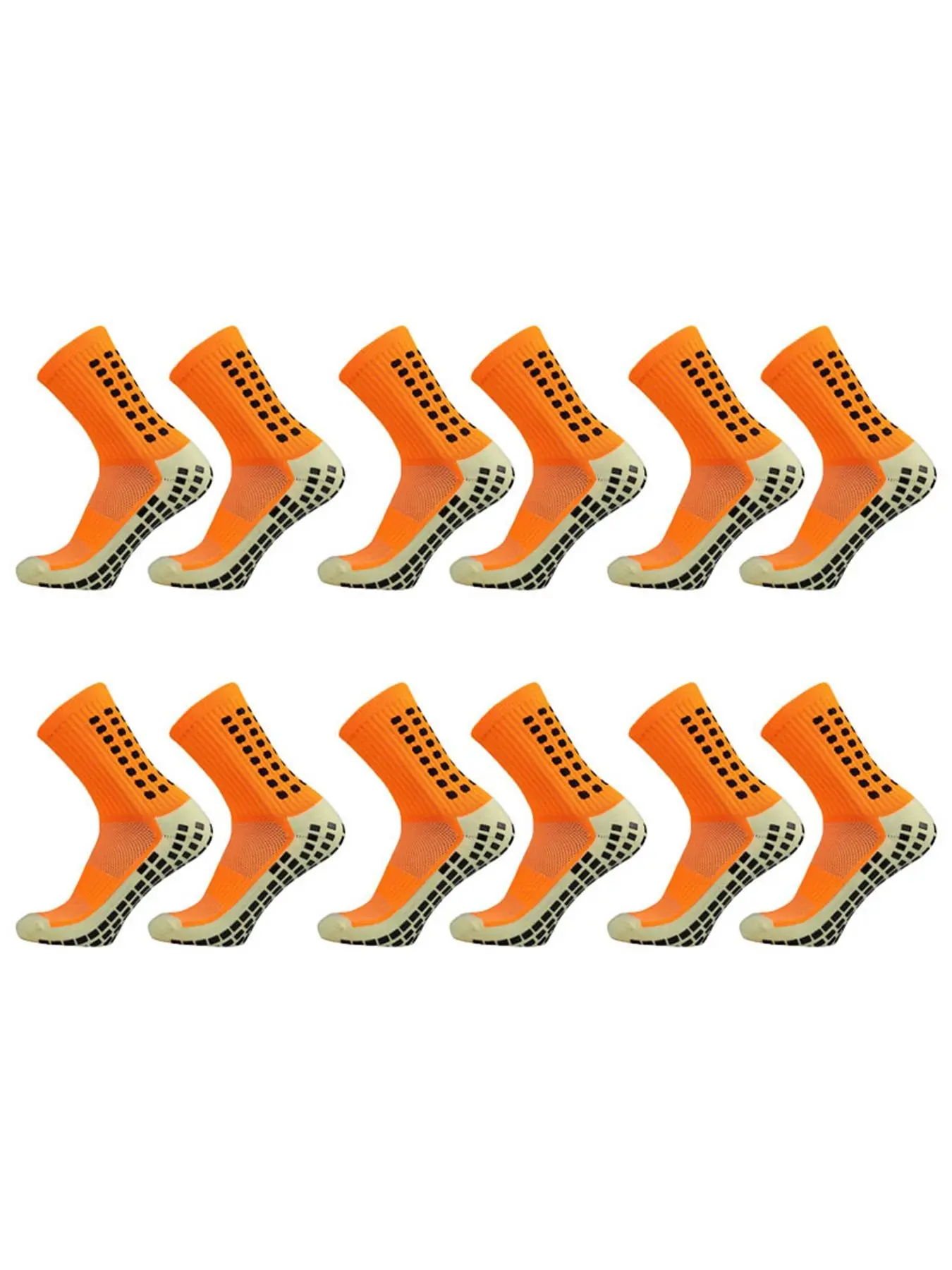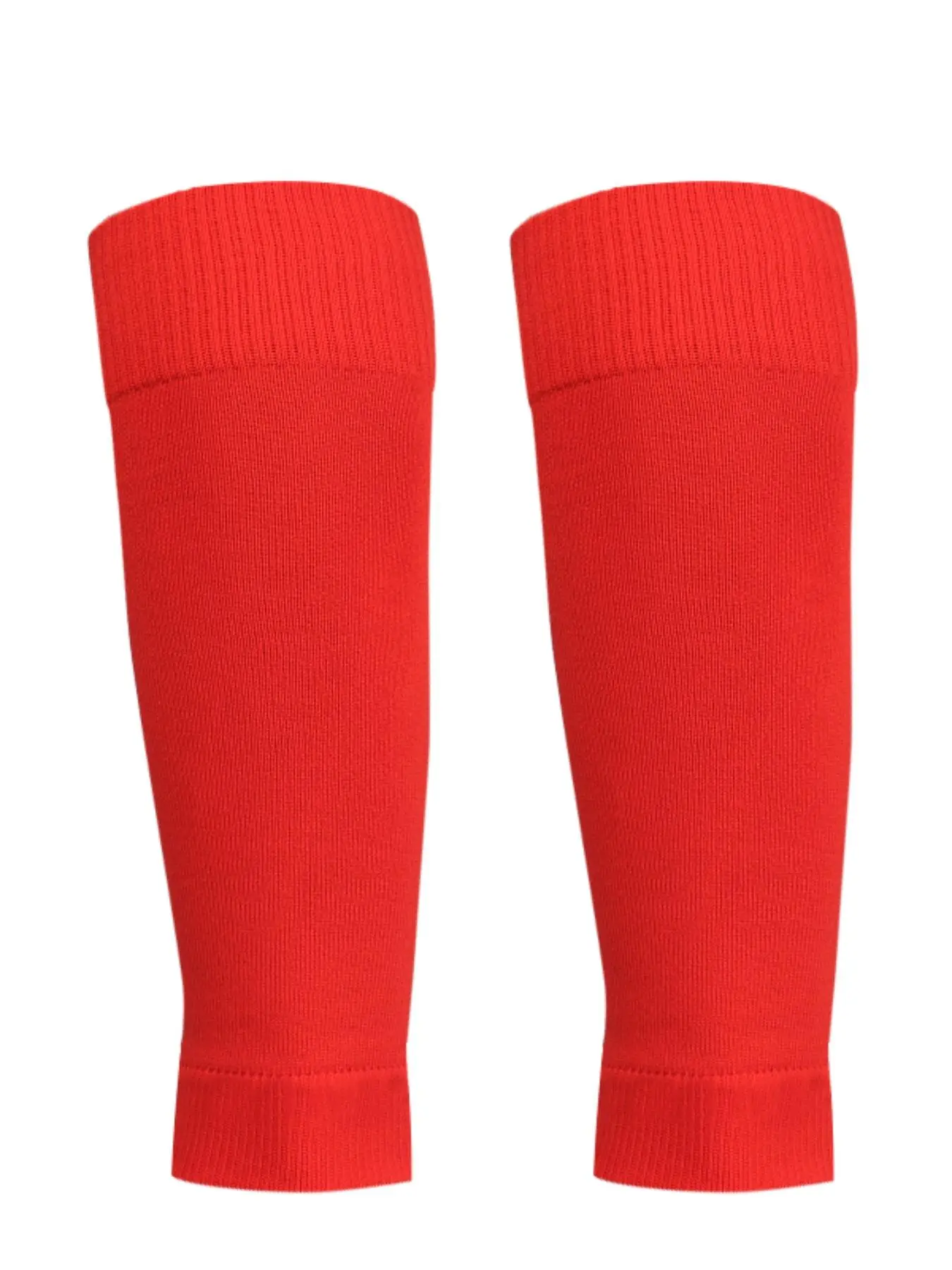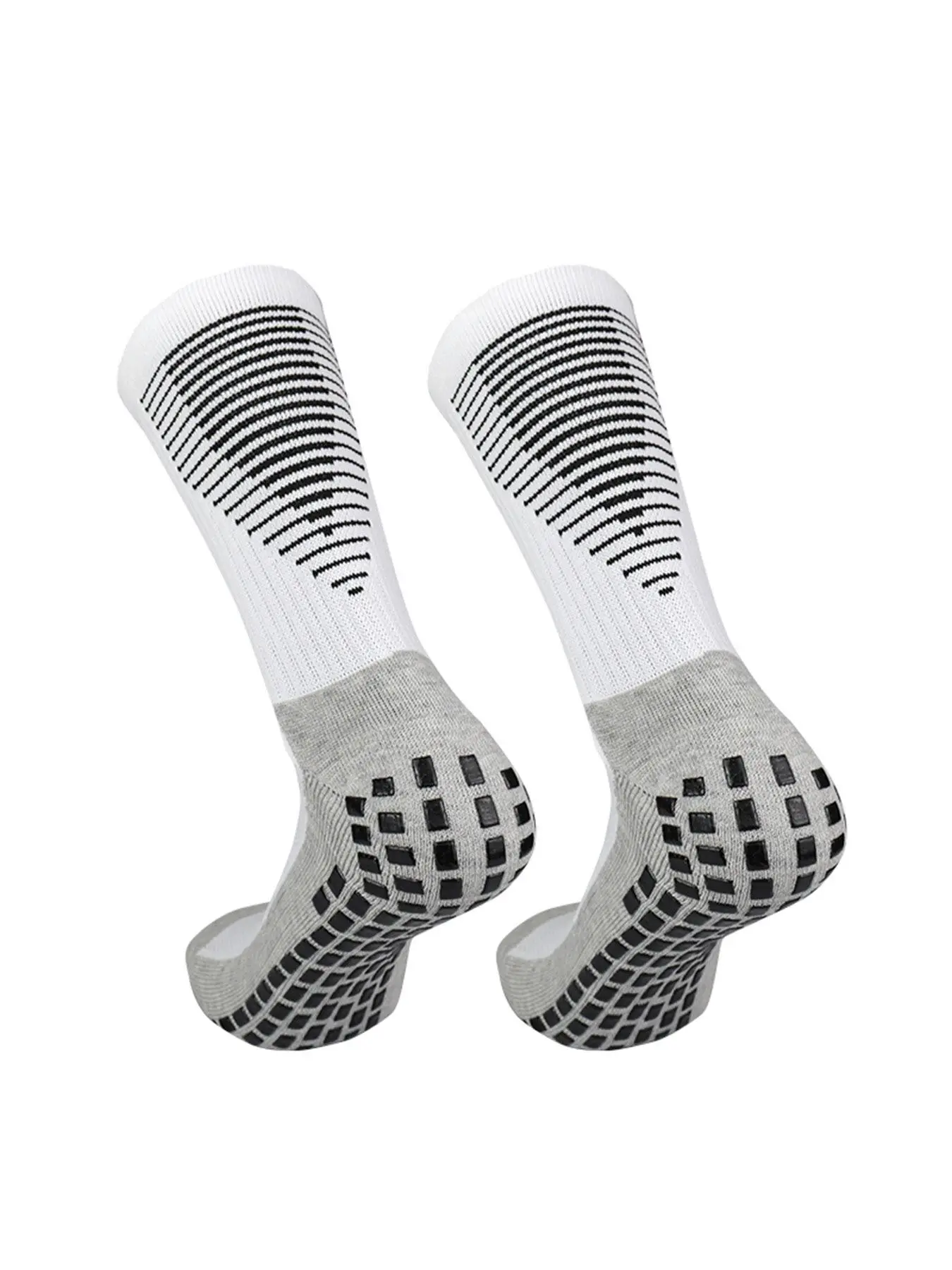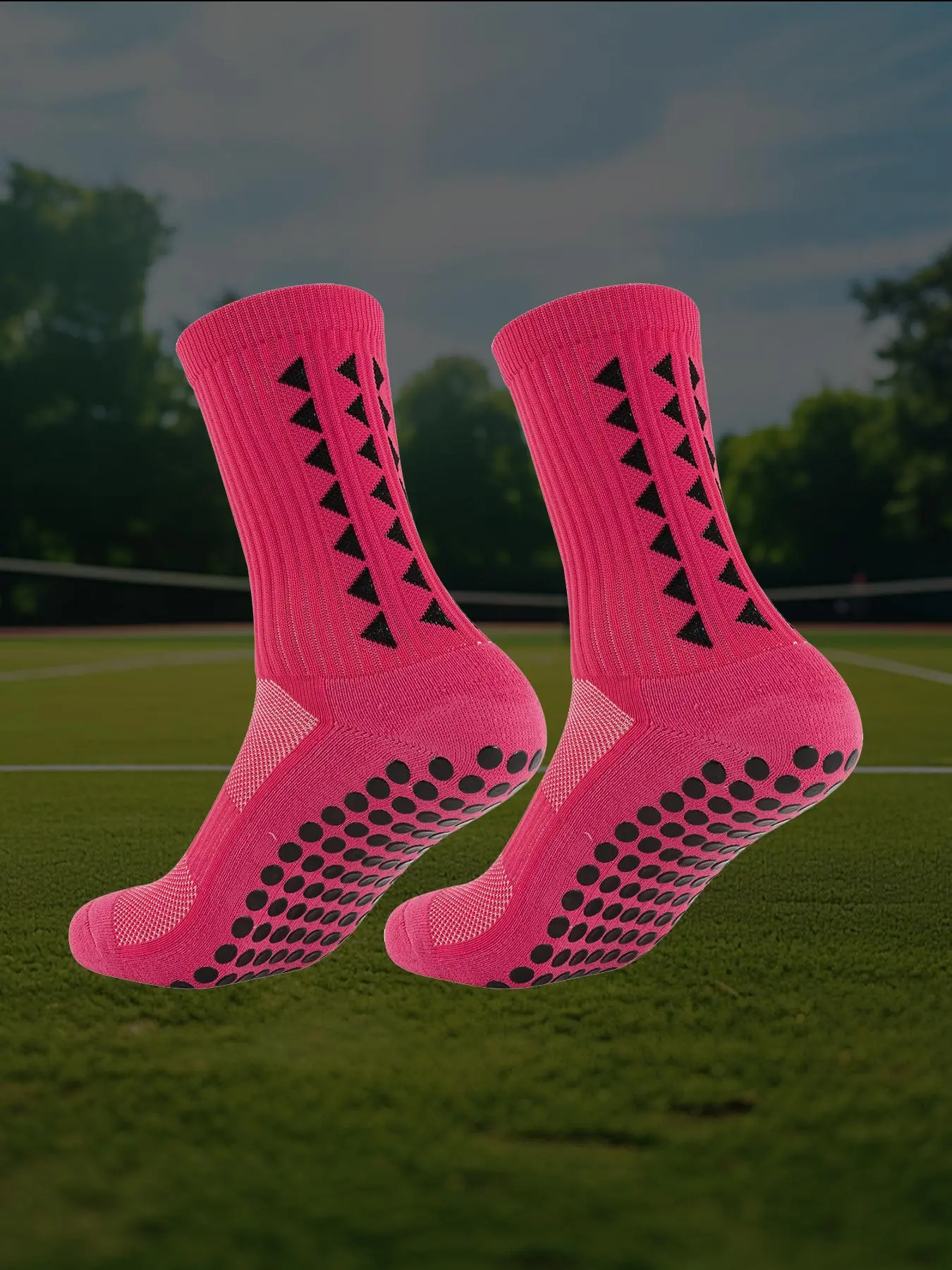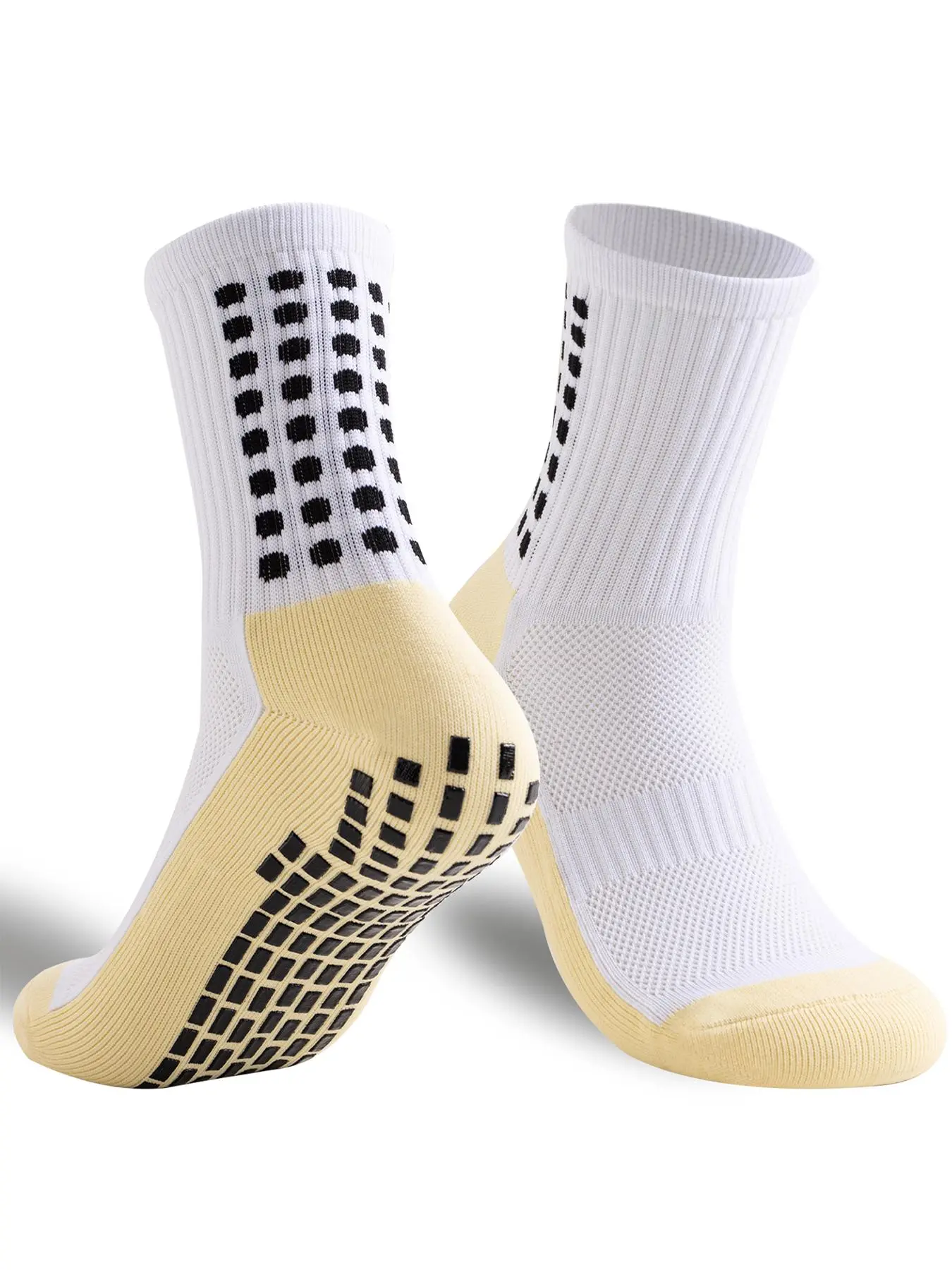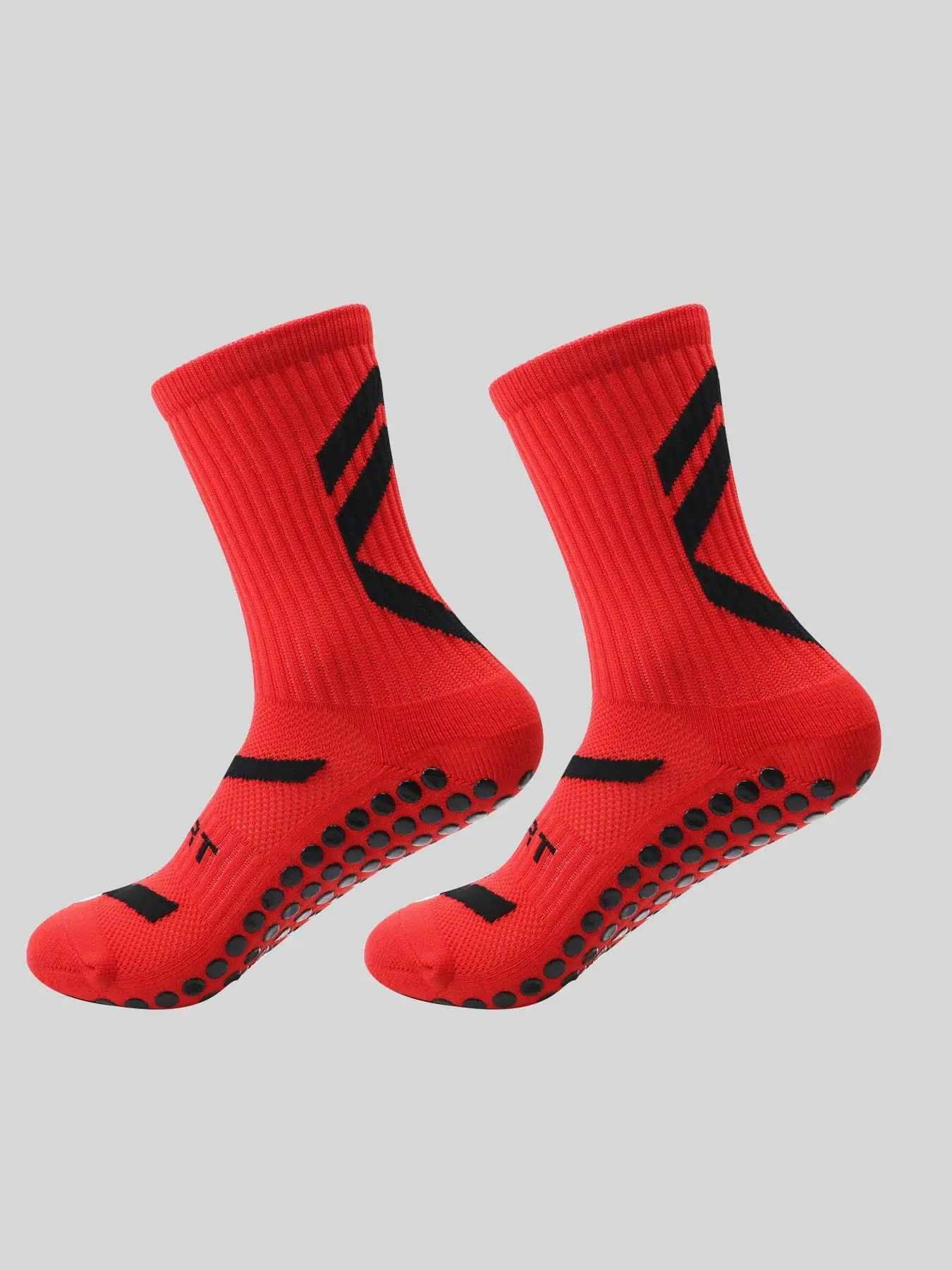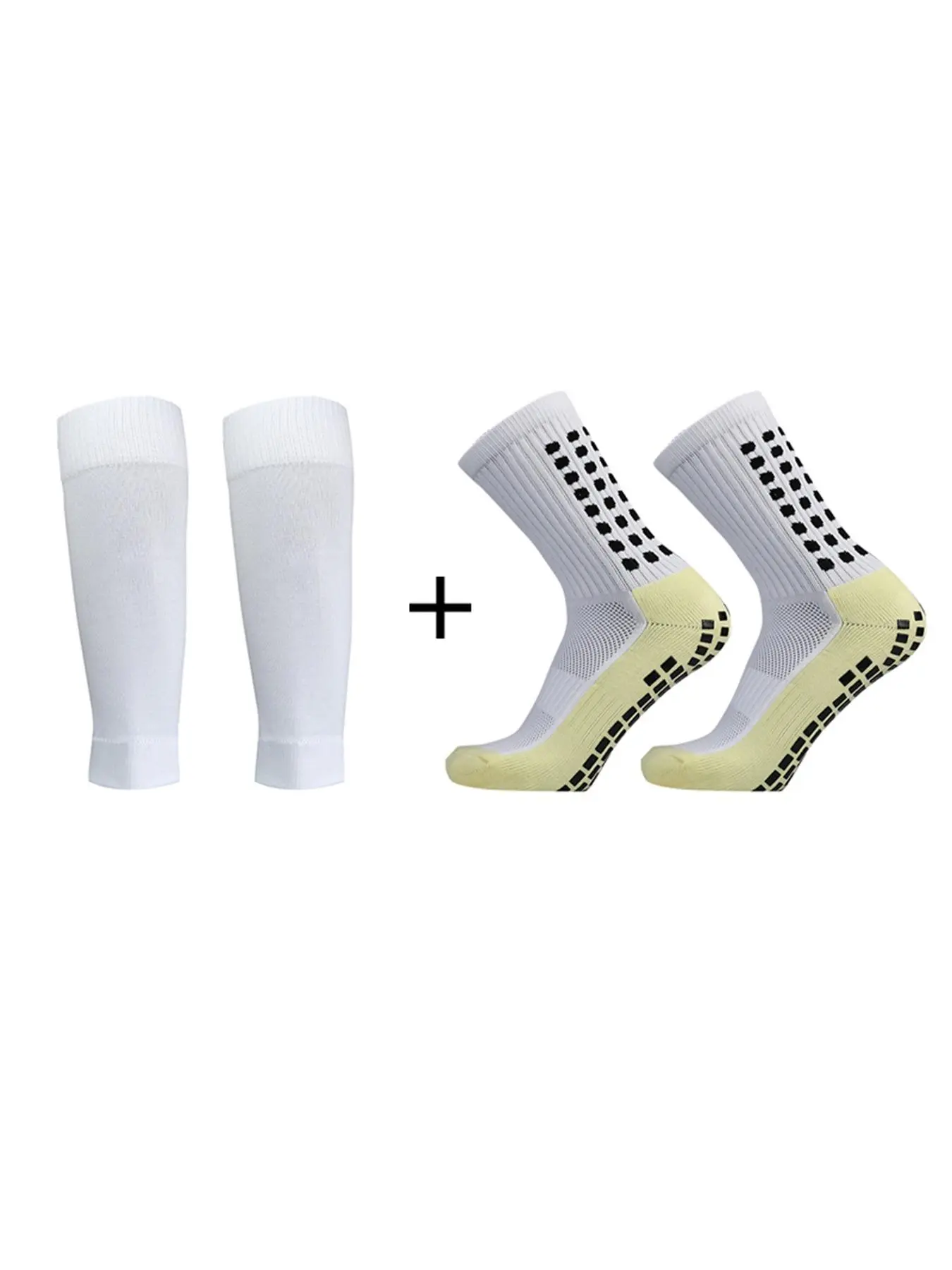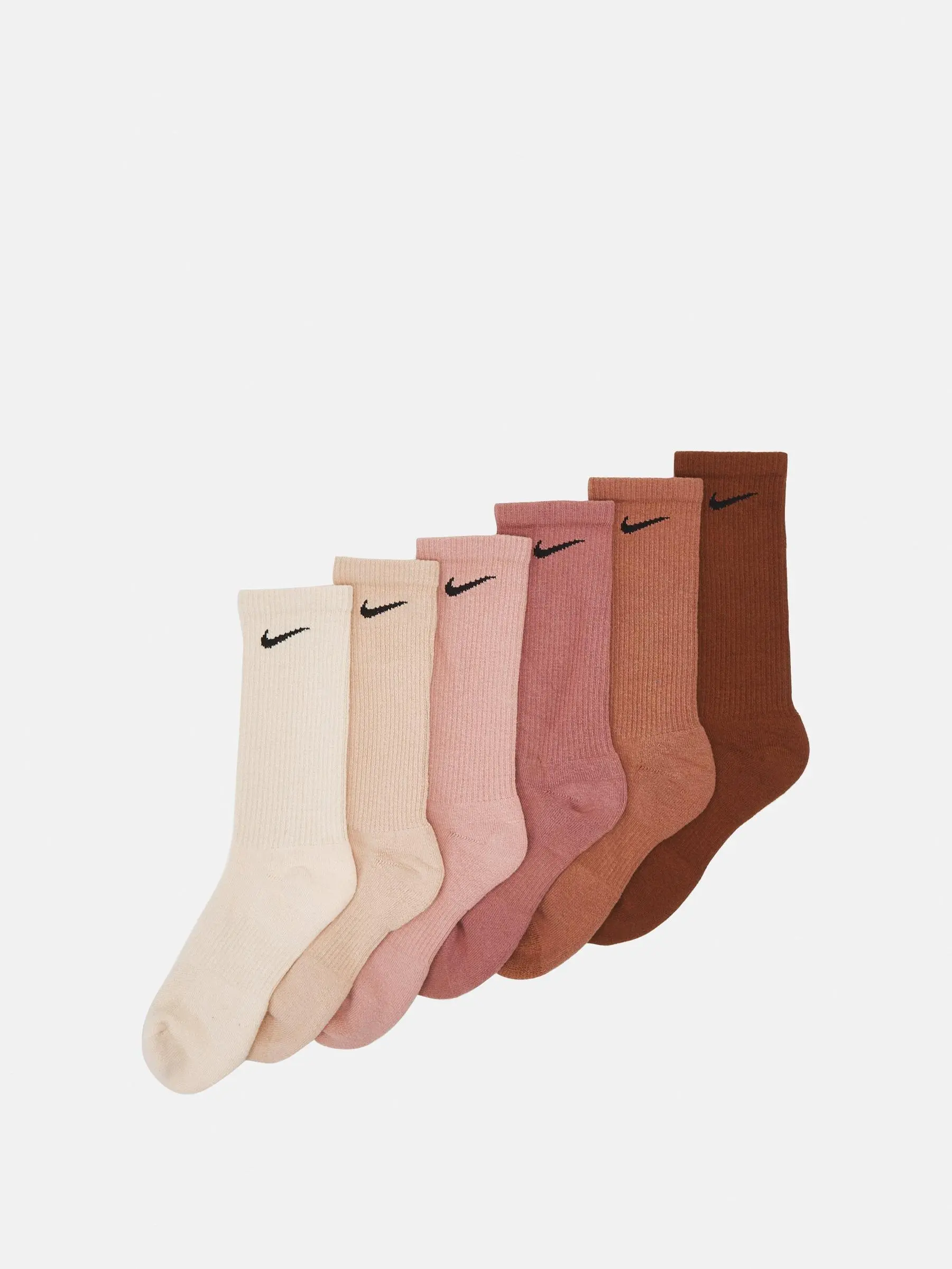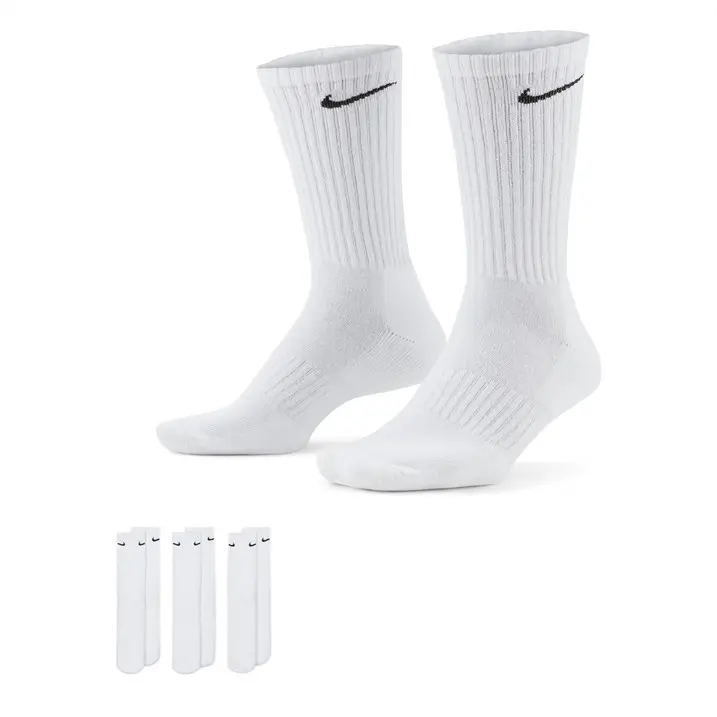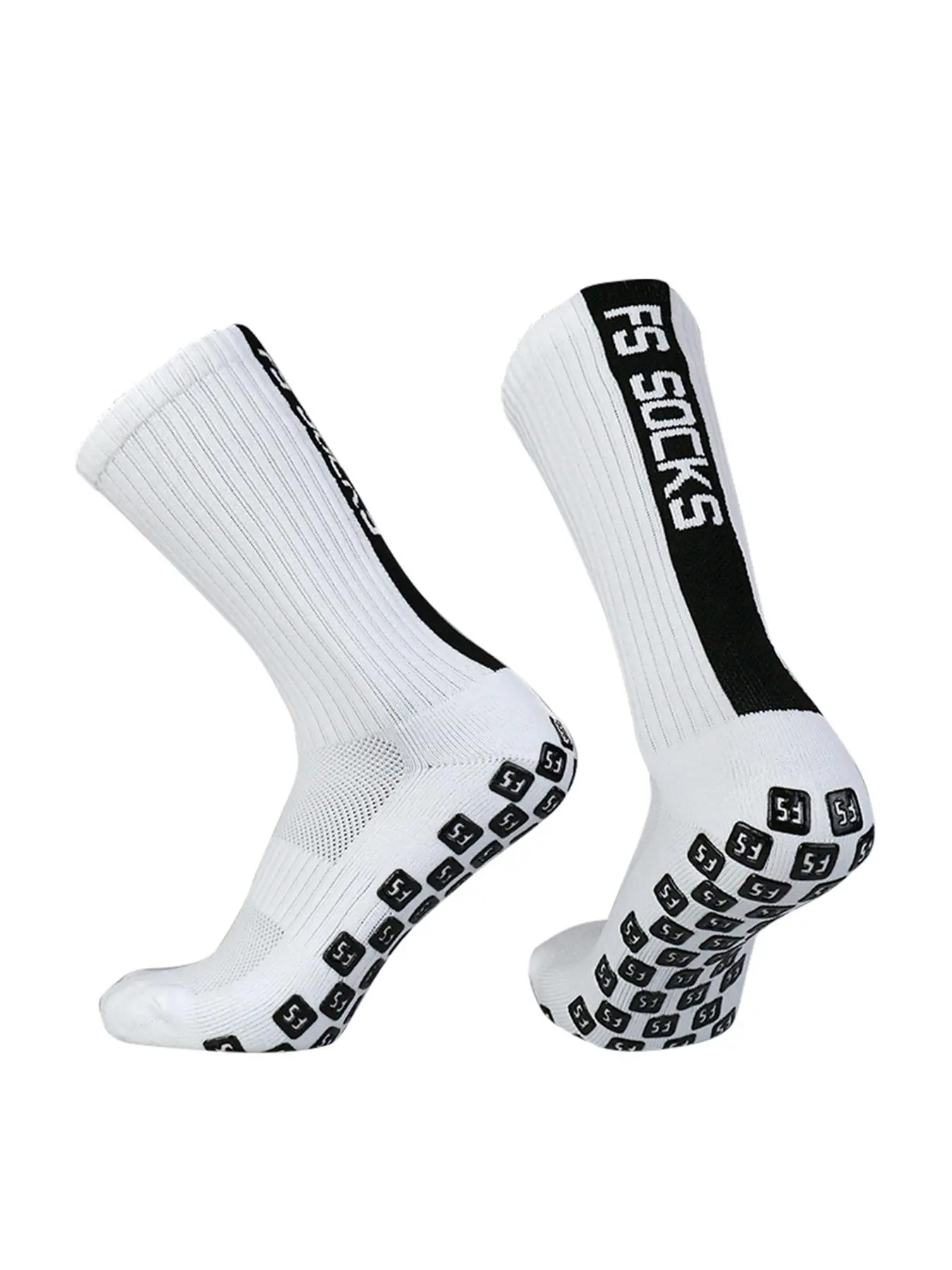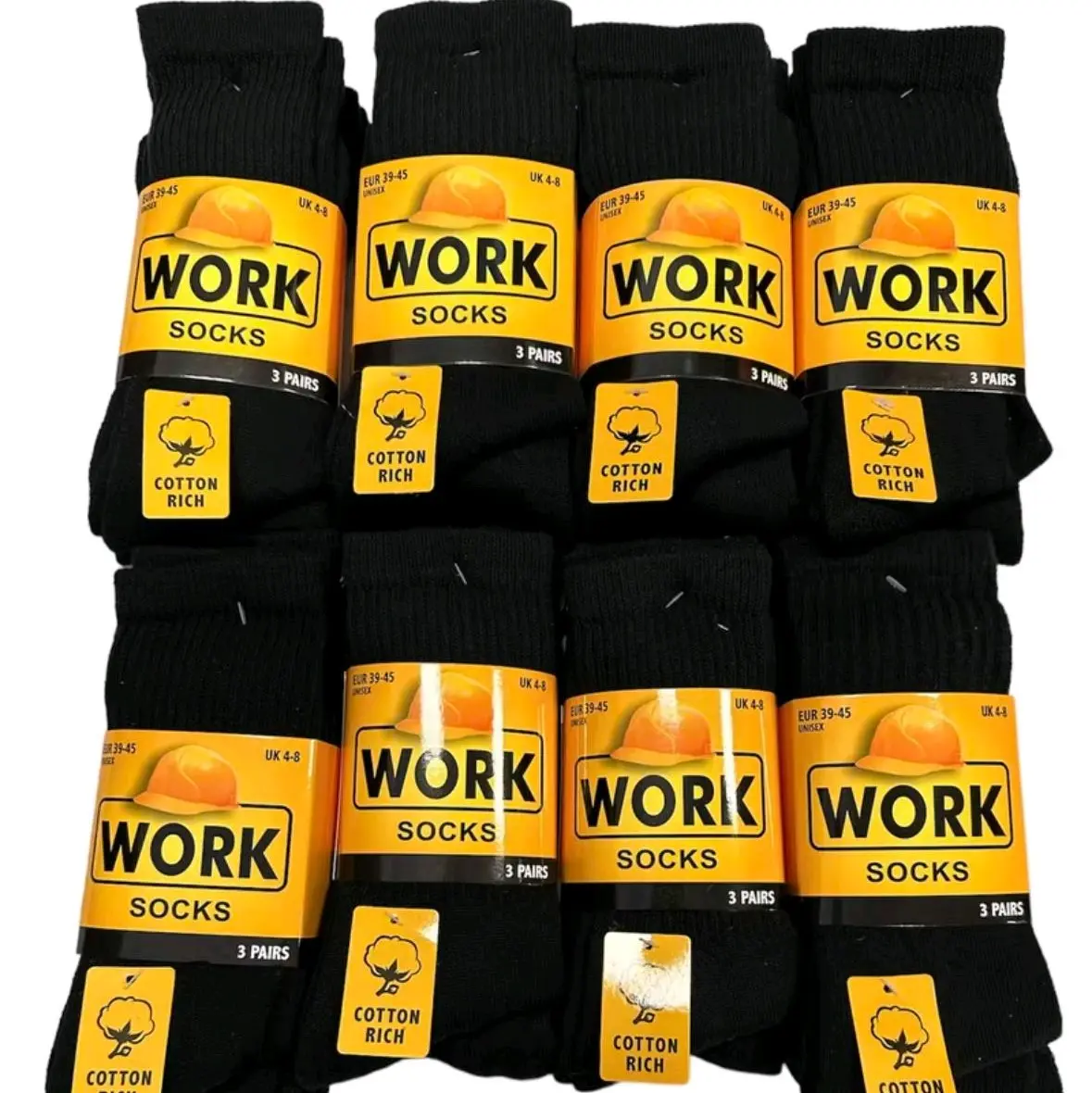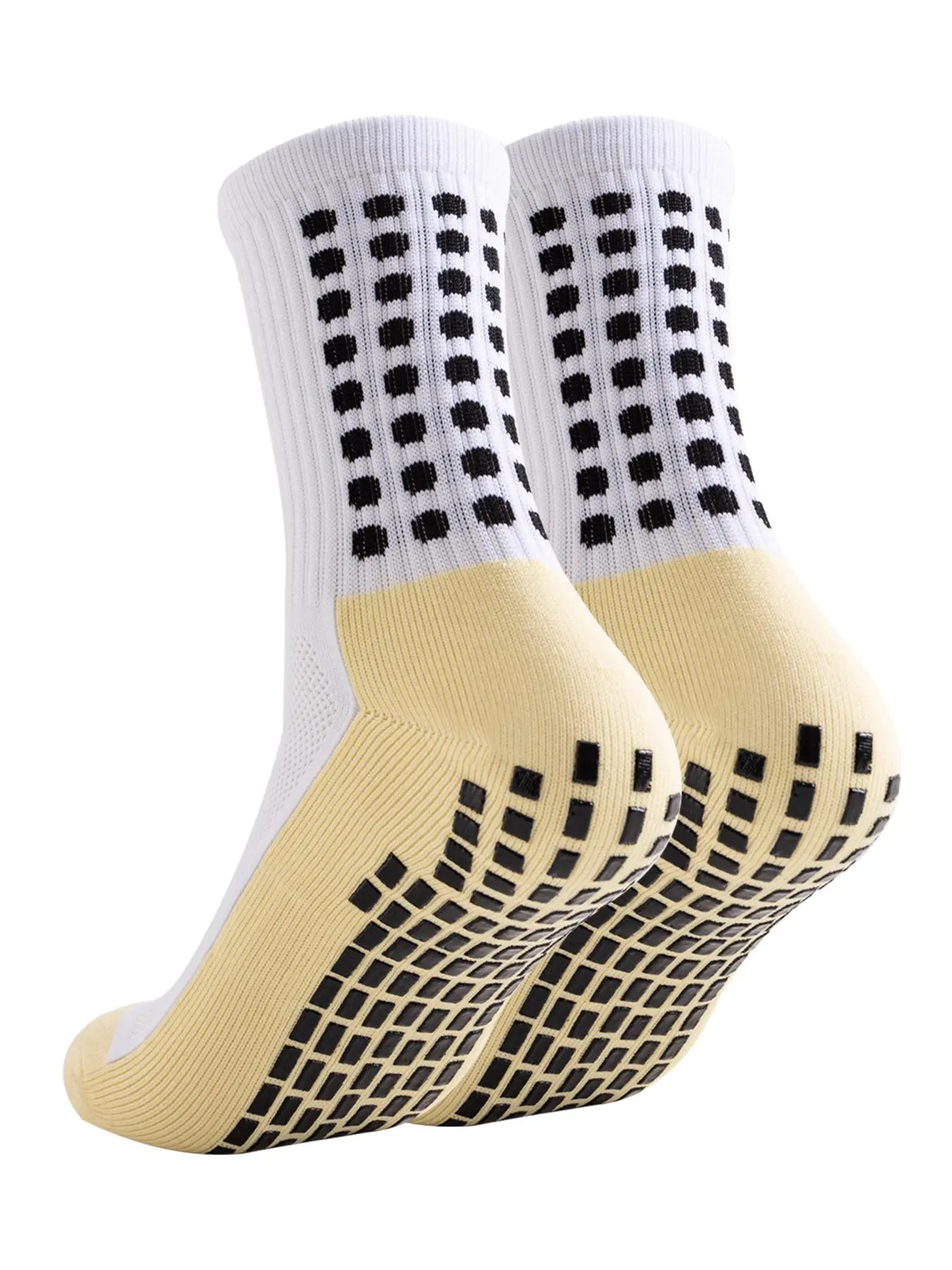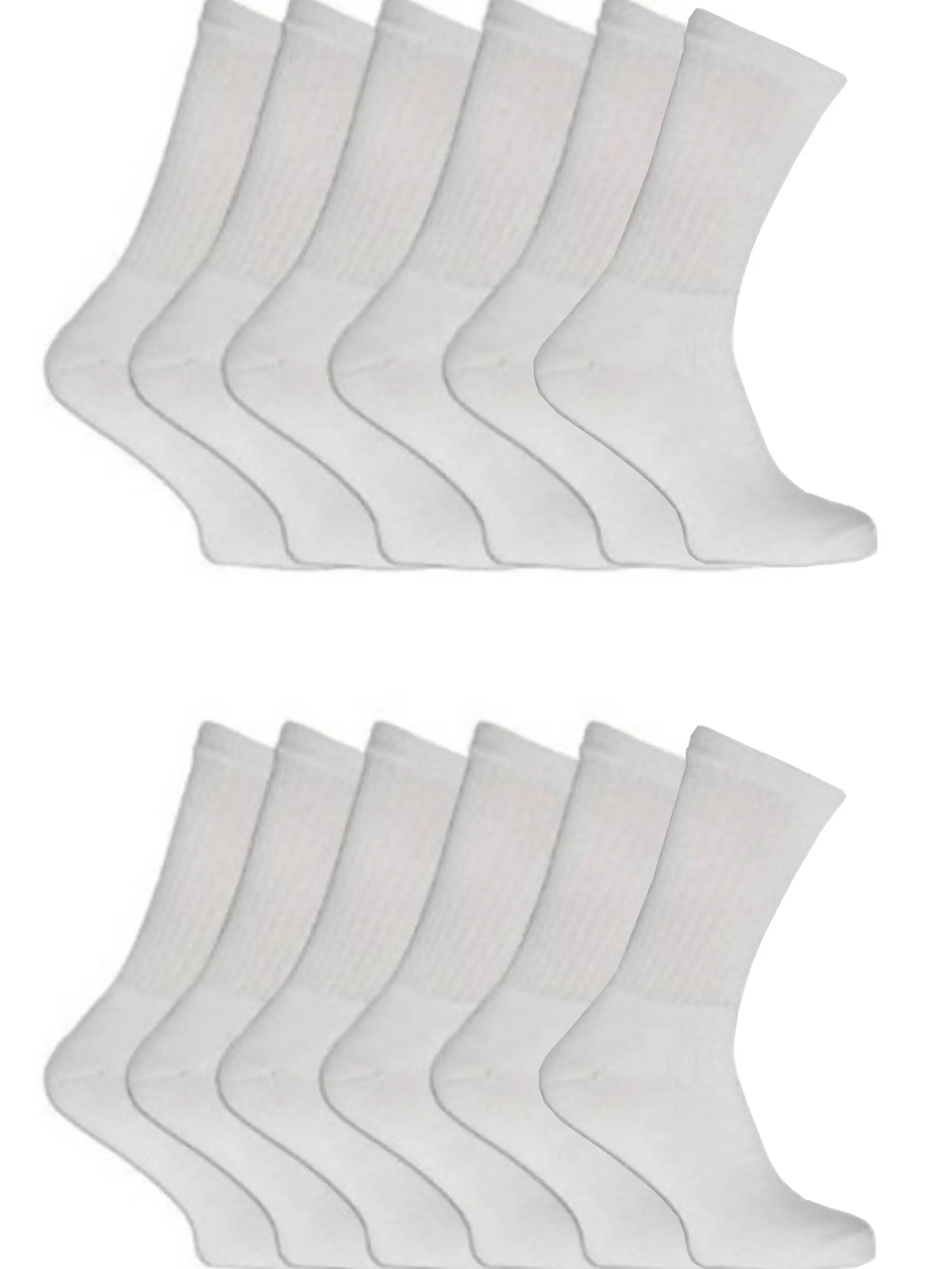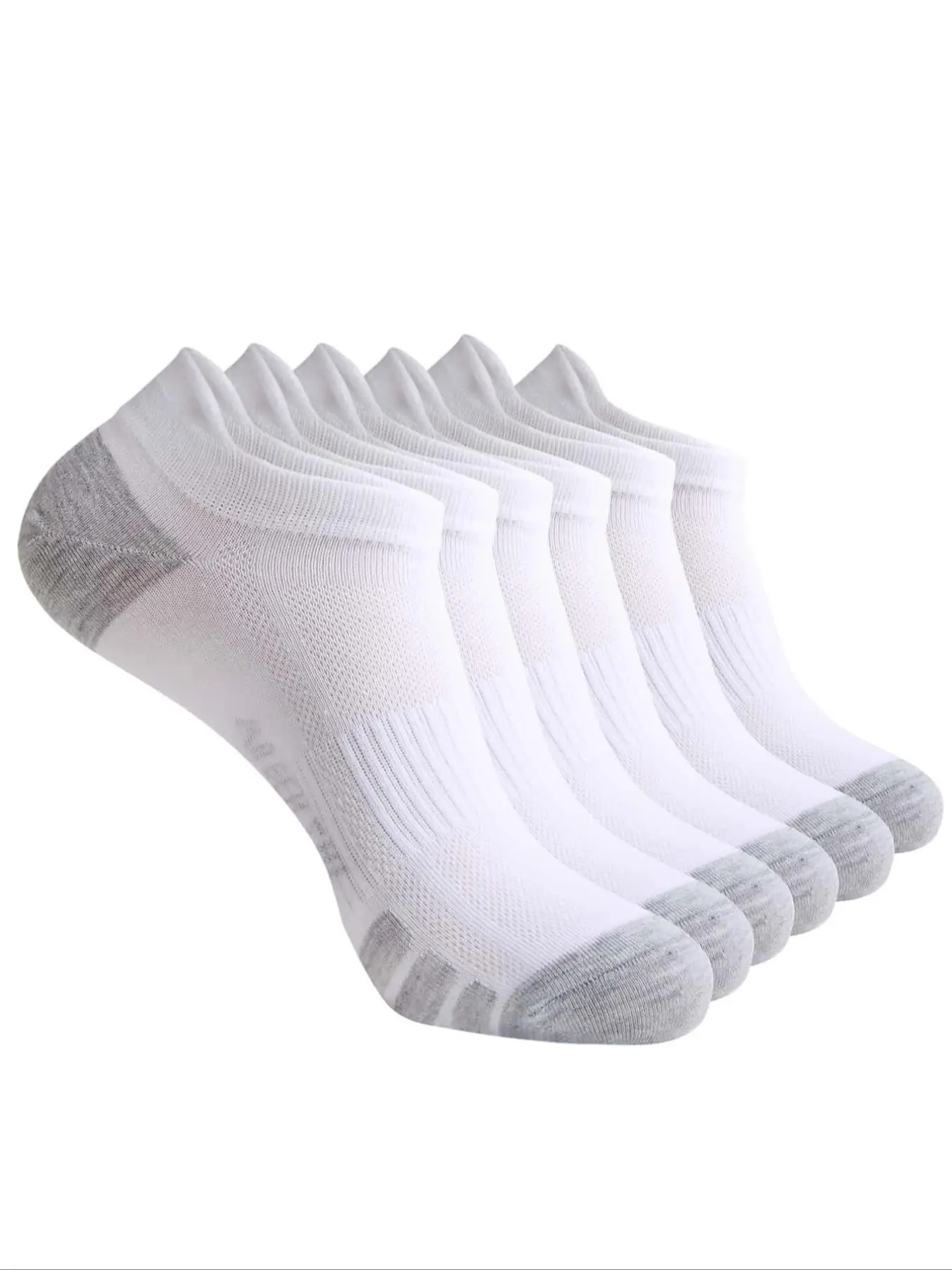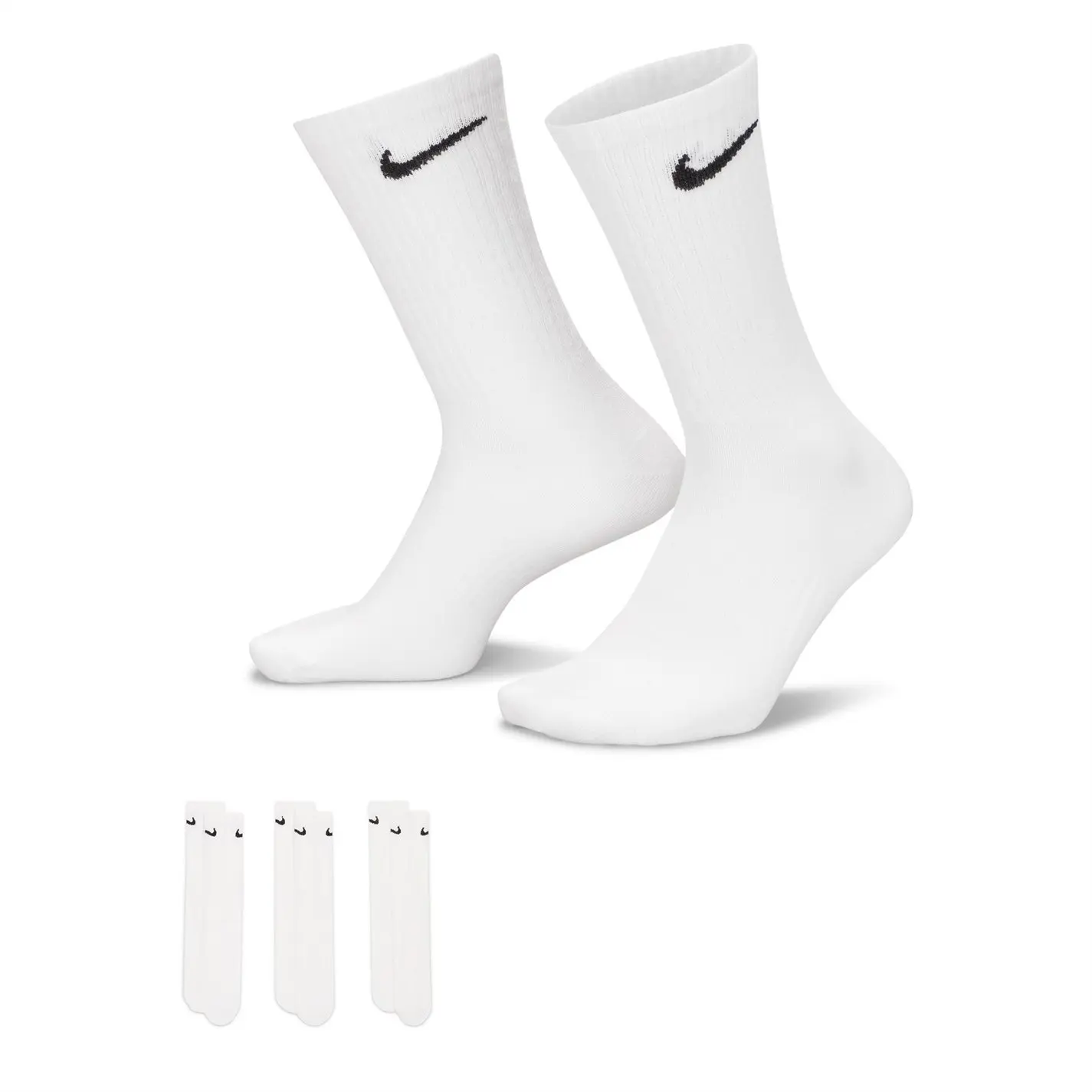Search
1/5
£10.99 - 16.99
Ladies High Performance Ski Socks Long Hose Thermal Boot Hiking Socks 4-7
Sold by VEARZ
18 sold
Free shipping
Select options
Select
Shipping
£0.00
Specifications

VEARZ
326 items
Shop performance
Better than 80% of other shops
4+ star rating
82%
Ships within 2 days
62%
About this product
PatternAll Over Print
MaterialsMerino Wool
MaterialMerino wool
GenderMale
Age GroupYouth
SeasonAll Seasons
Region of OriginUK
Quantity Per Pack3
Sports TypeBasketball
Product description
Ladies High Performance Ski Socks Long Hose Thermal Boot Hiking Socks 4-7 lot
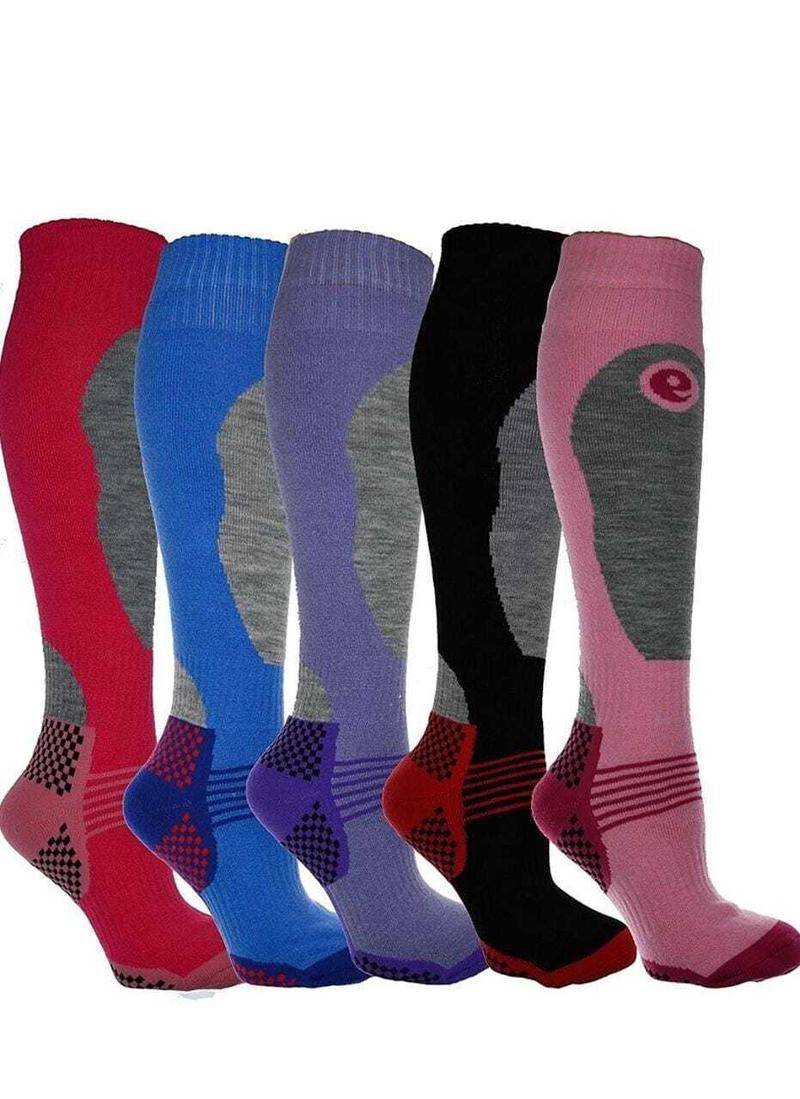
Description:
Pack Off:
The socks are one size and fit up to a UK 4-7,EU 35-39,USA 5-9.
•Material Composition: High-quality ski socks are typically made from a blend of materials such as merino wool, nylon, and spandex. Merino wool is known for its warmth, moisture-wicking properties, and odor resistance.
•Thermal Insulation's socks are designed to provide excellent thermal insulation to keep the feet warm in cold and snowy conditions. Look for socks with a good balance of warmth and breathability.
•Moisture-Wicking: Skiing can be a sweaty activity, and it's important for socks to wick moisture away from the skin to keep feet dry. This helps in preventing blisters and maintaining warmth.
•Cushioning and Padding's socks often have additional padding and cushioning in key areas, such as the shin, heel, and toe. This helps to provide extra comfort and protection, especially during long hours of skiing or hiking.
•Compression Fit:Some ski socks are designed with compression features to enhance blood circulation and reduce fatigue. This can be particularly beneficial for activities that involve prolonged periods of standing or physical exertion.
•Seamless Construction's minimize friction and reduce the risk of blisters, many high-performance ski socks have seamless construction in sensitive areas.
•Length and Fit:The term "Long Hose" suggests that these socks may have an over-the-calf length, providing additional coverage and warmth. A good fit is essential for comfort and performance.
•Design and Style's ski socks come in various colors and designs. While aesthetics may not affect performance, it's always nice to have options that match your style.
Frequently purchased together
Explore more from VEARZ
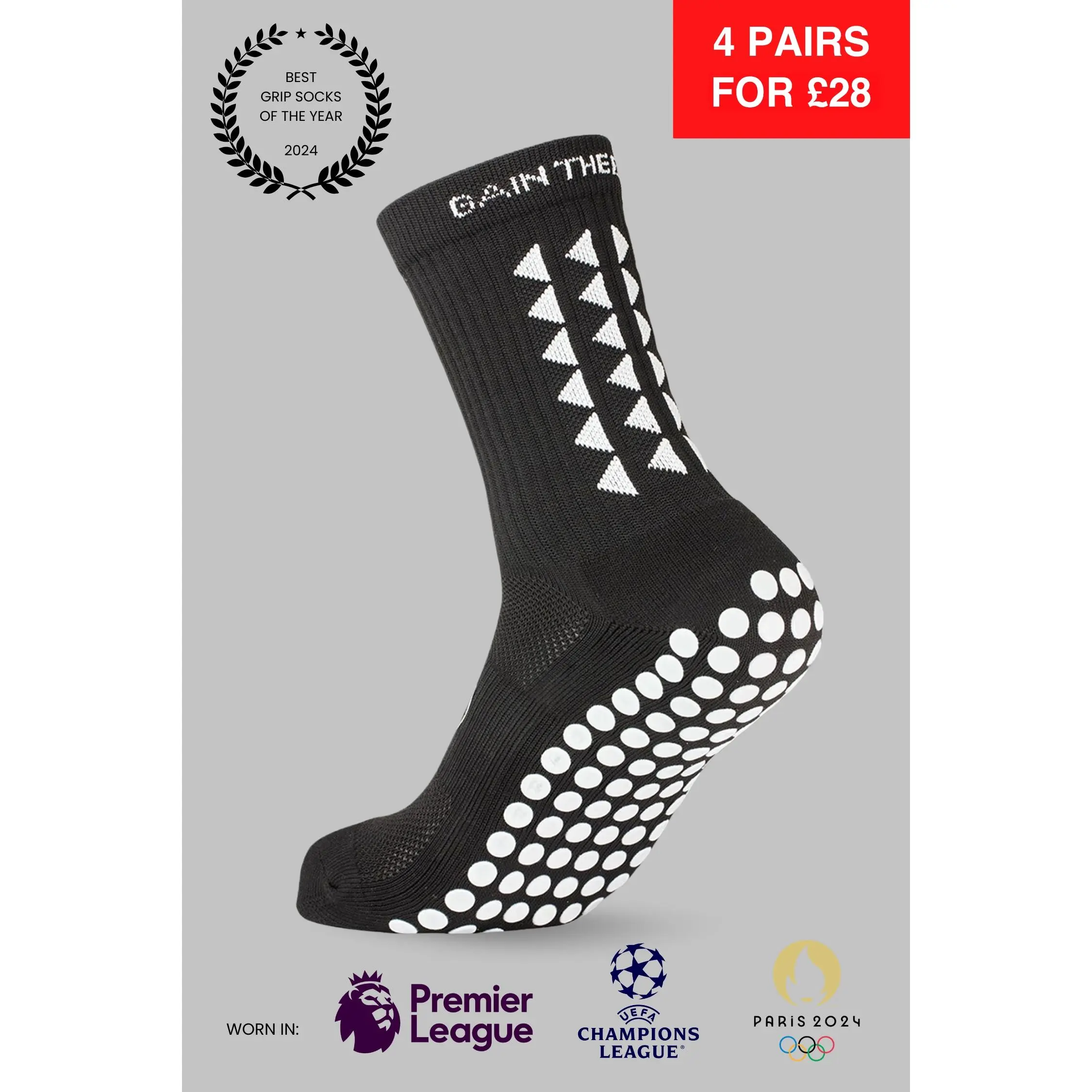
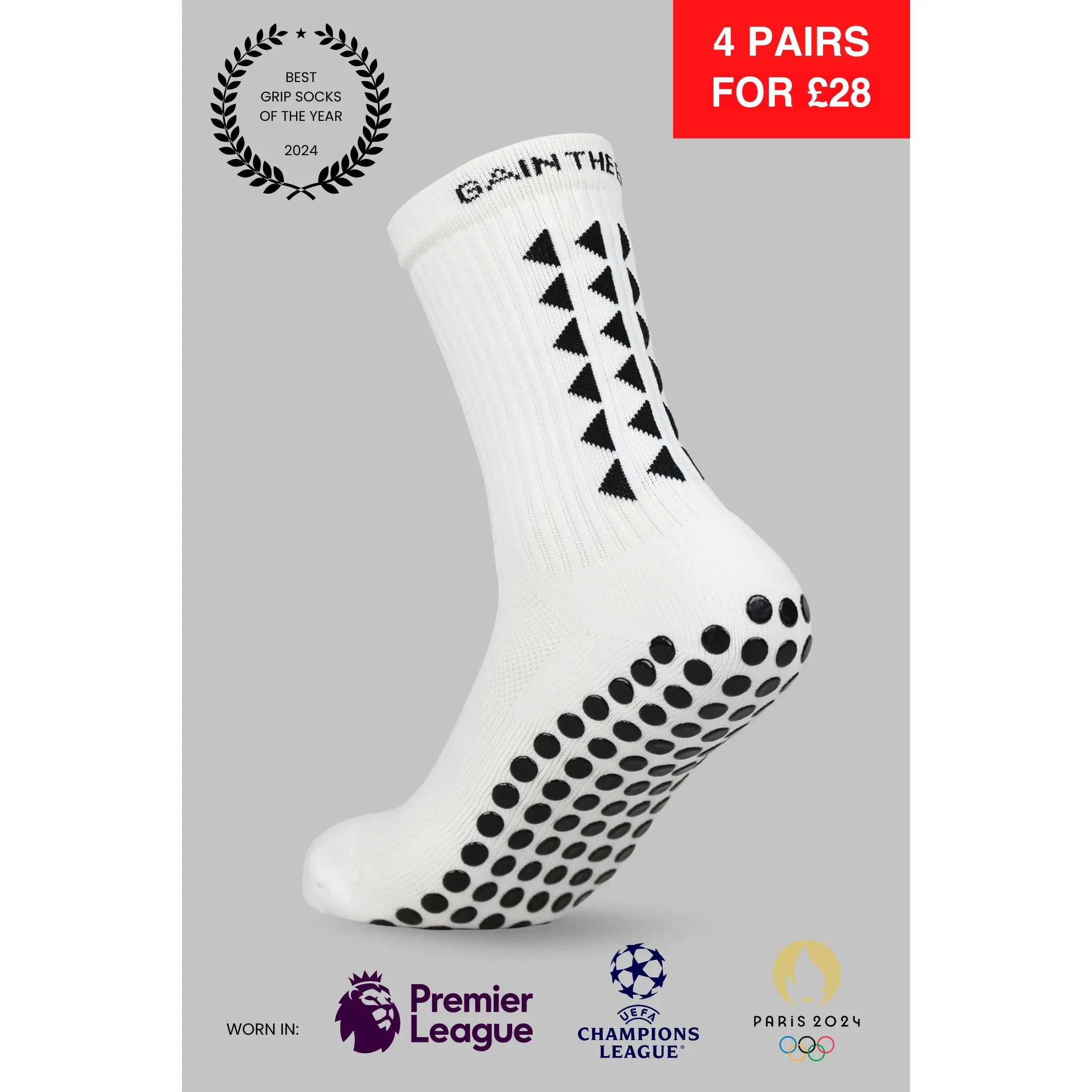
No more products
Open TikTok





